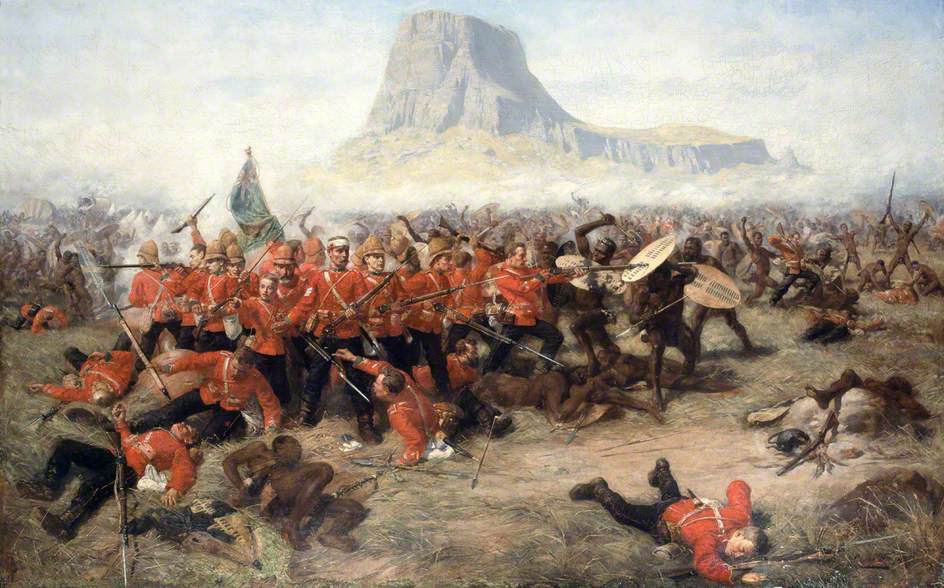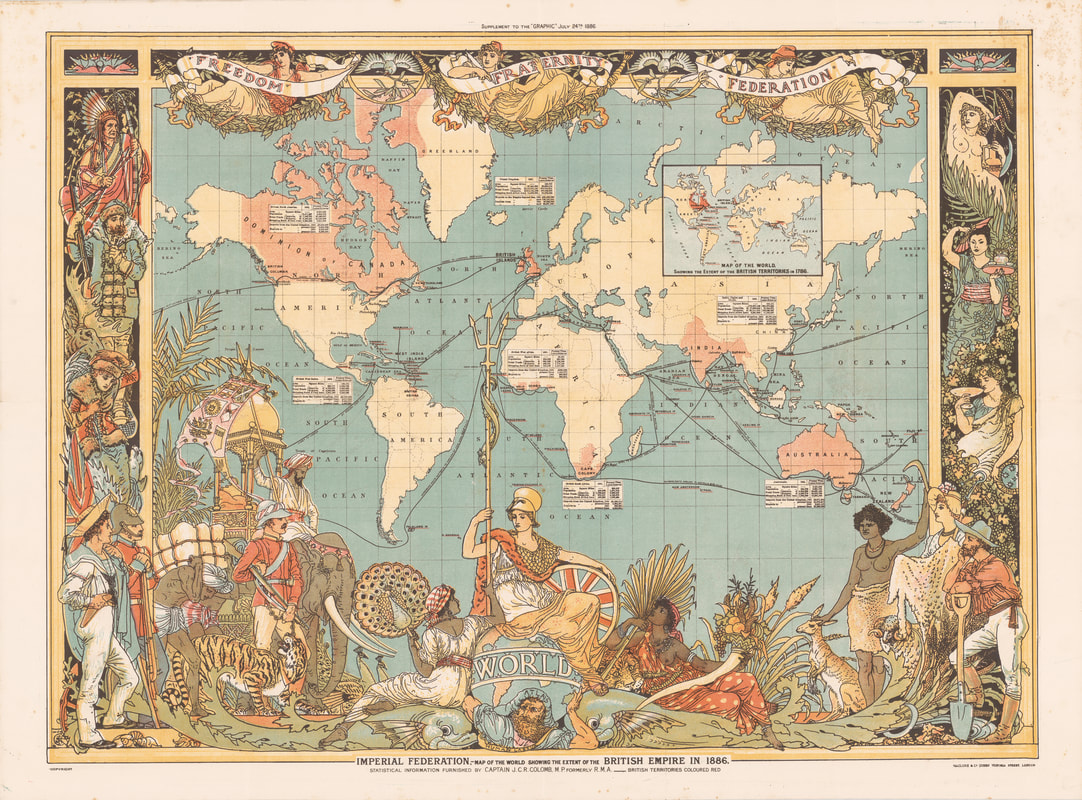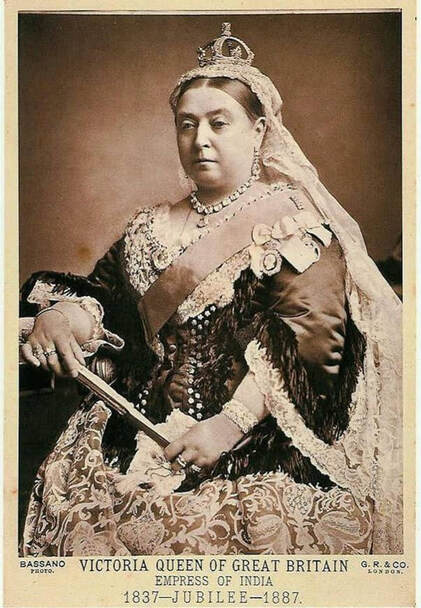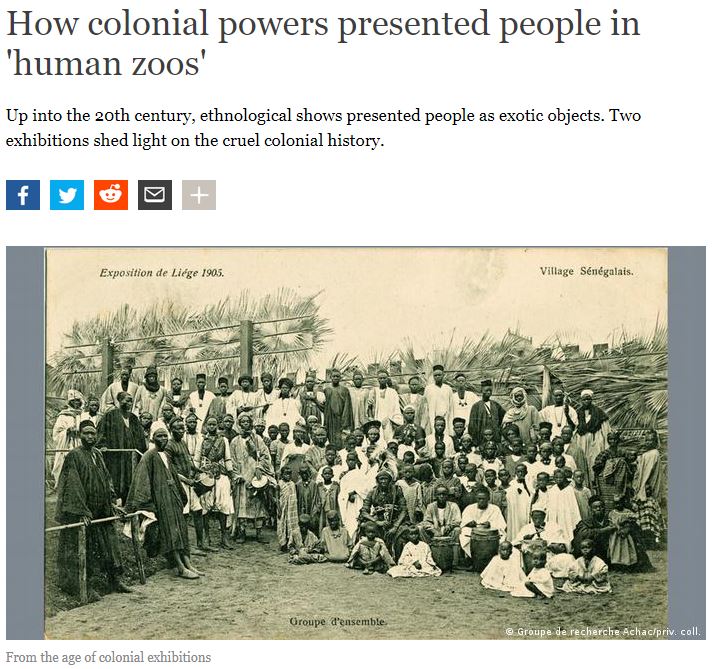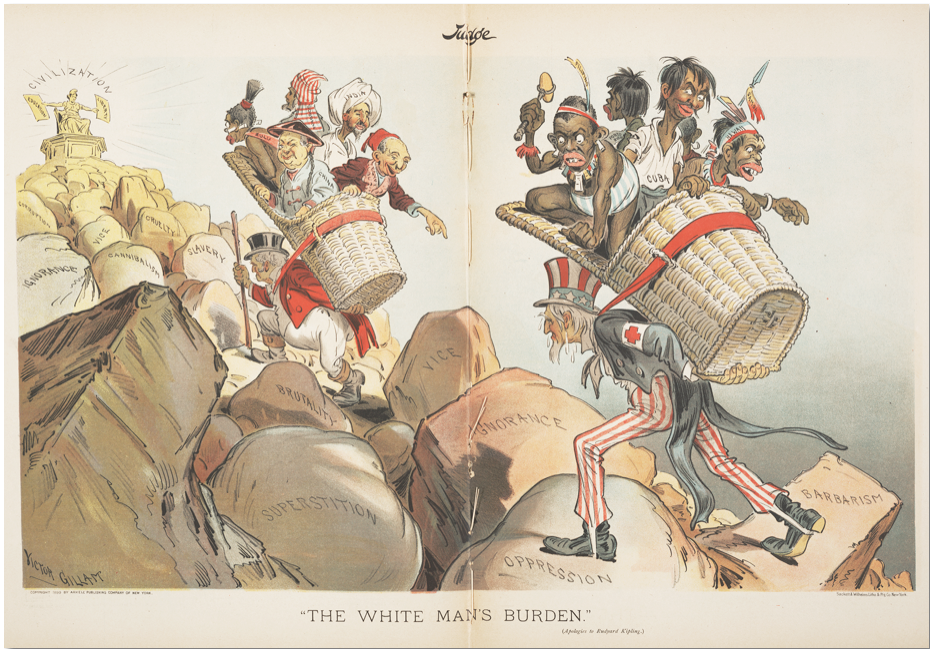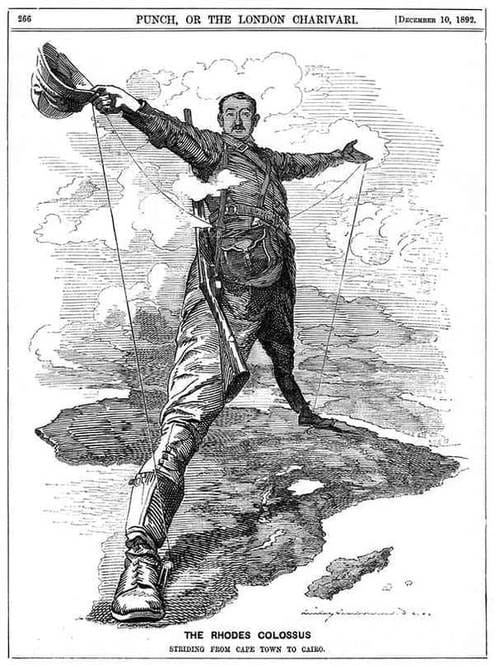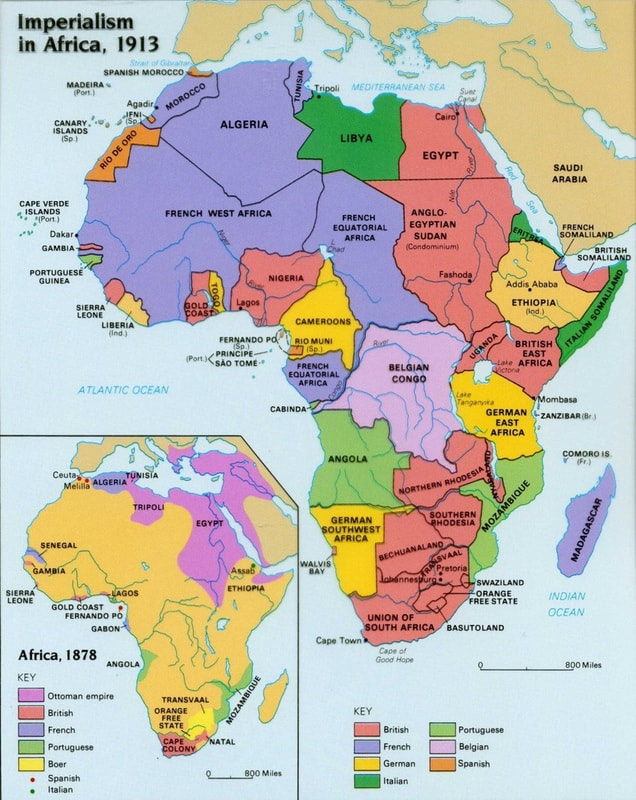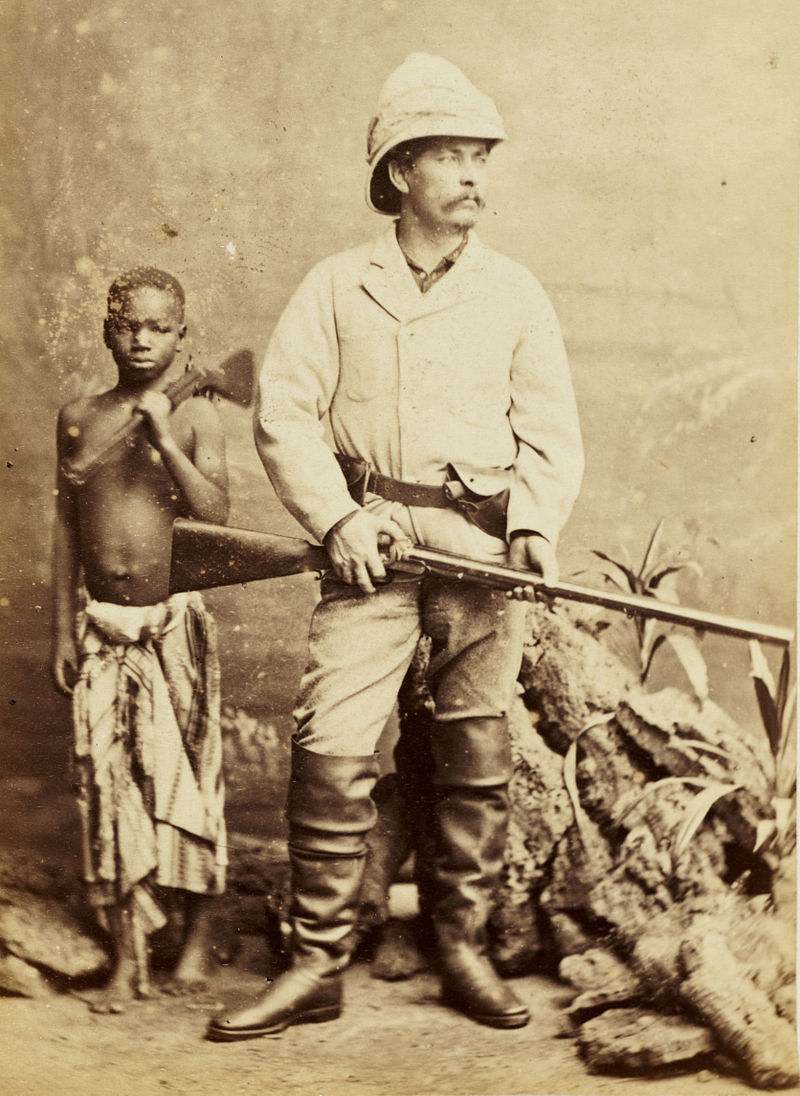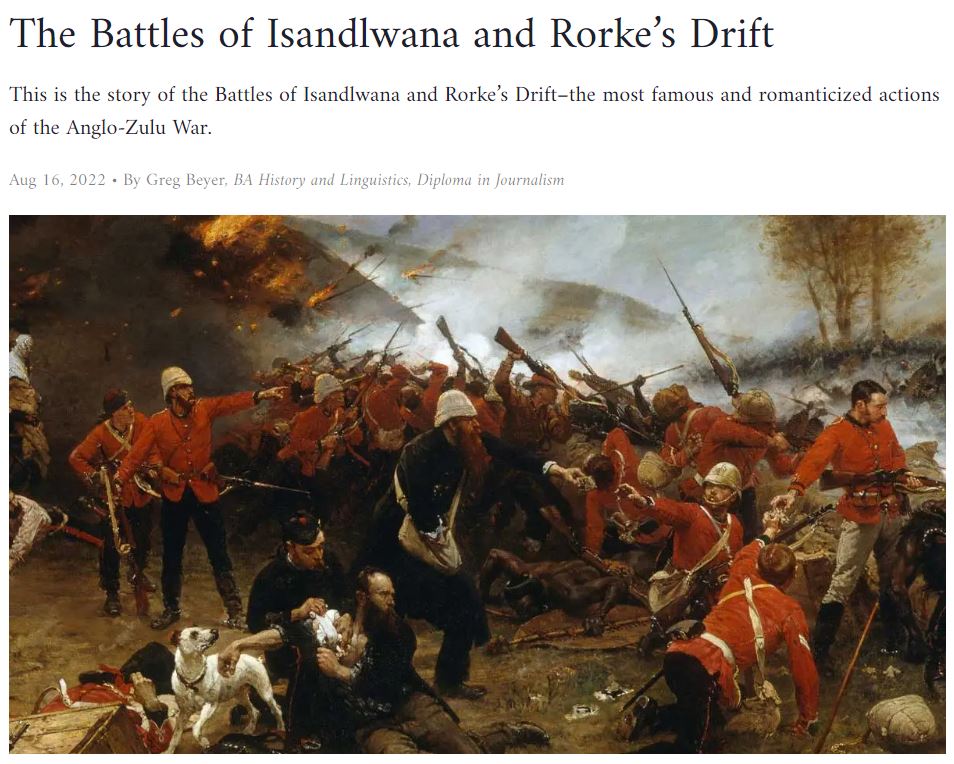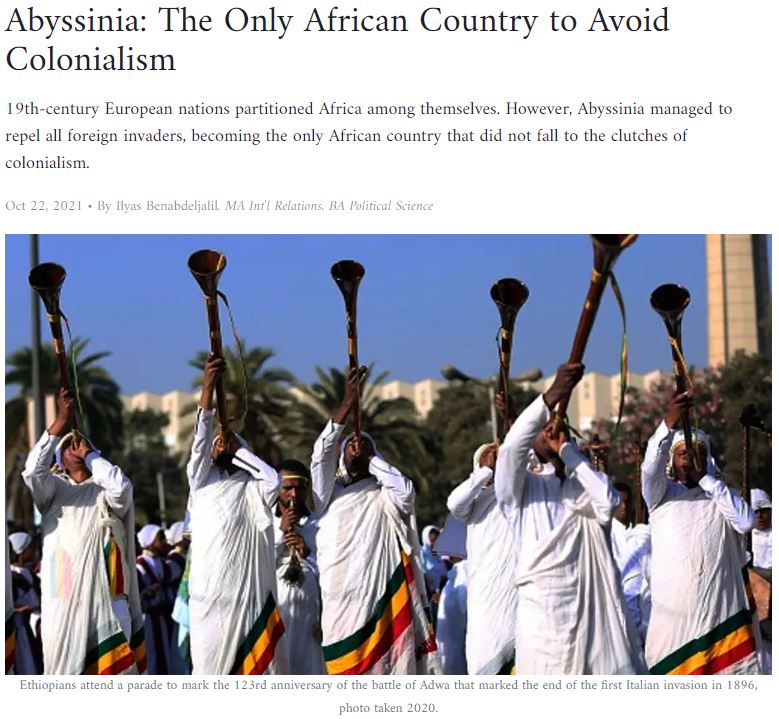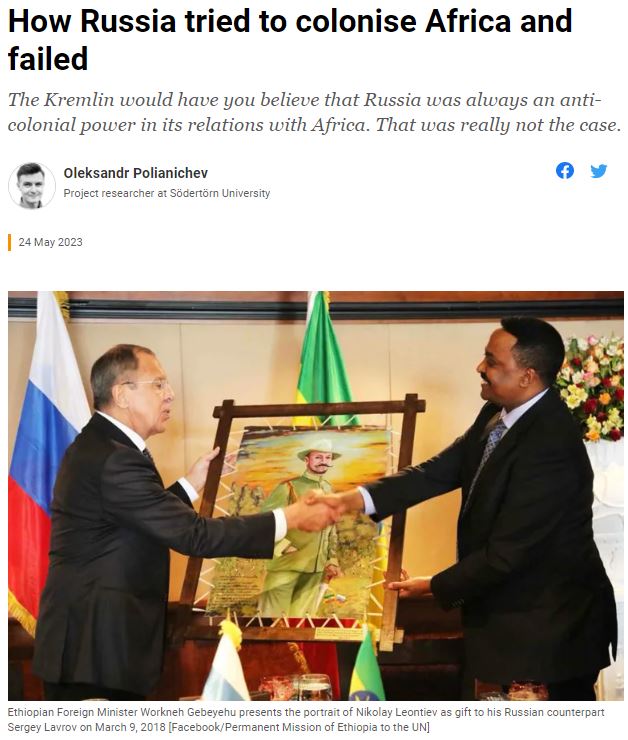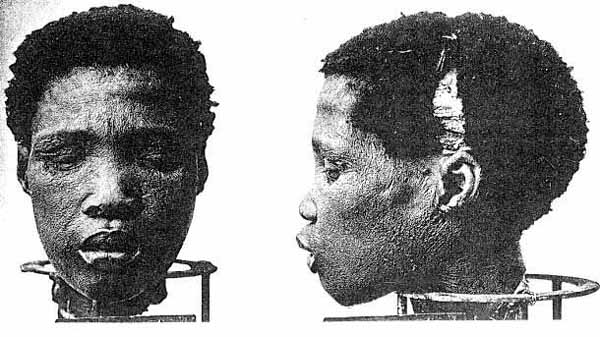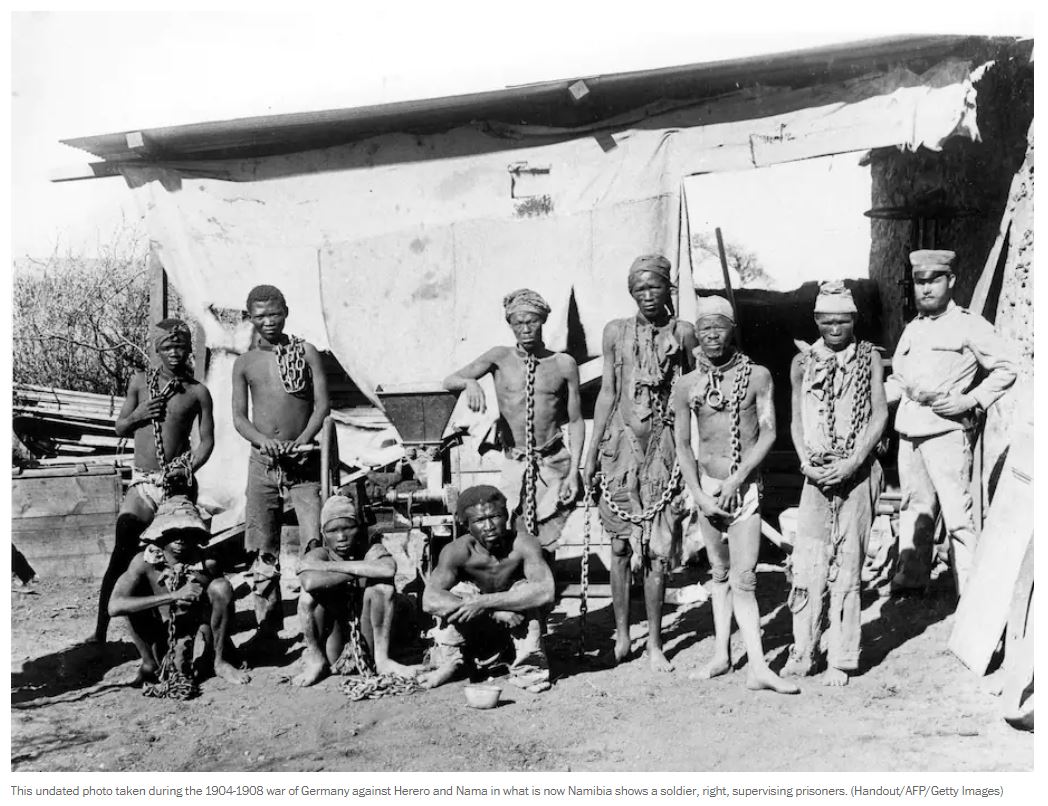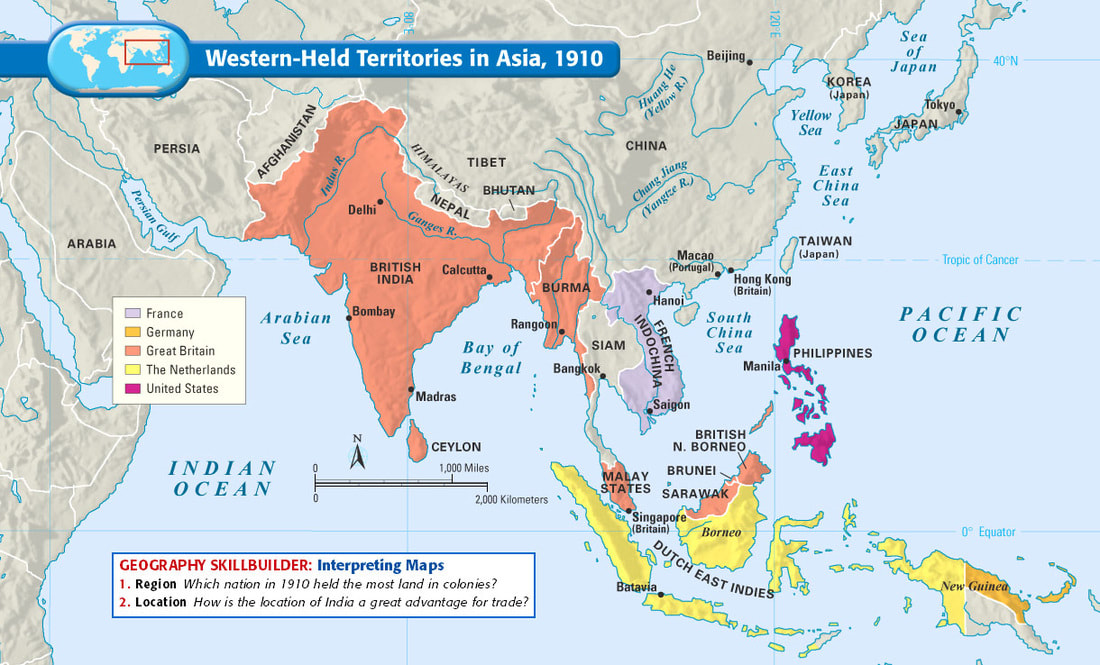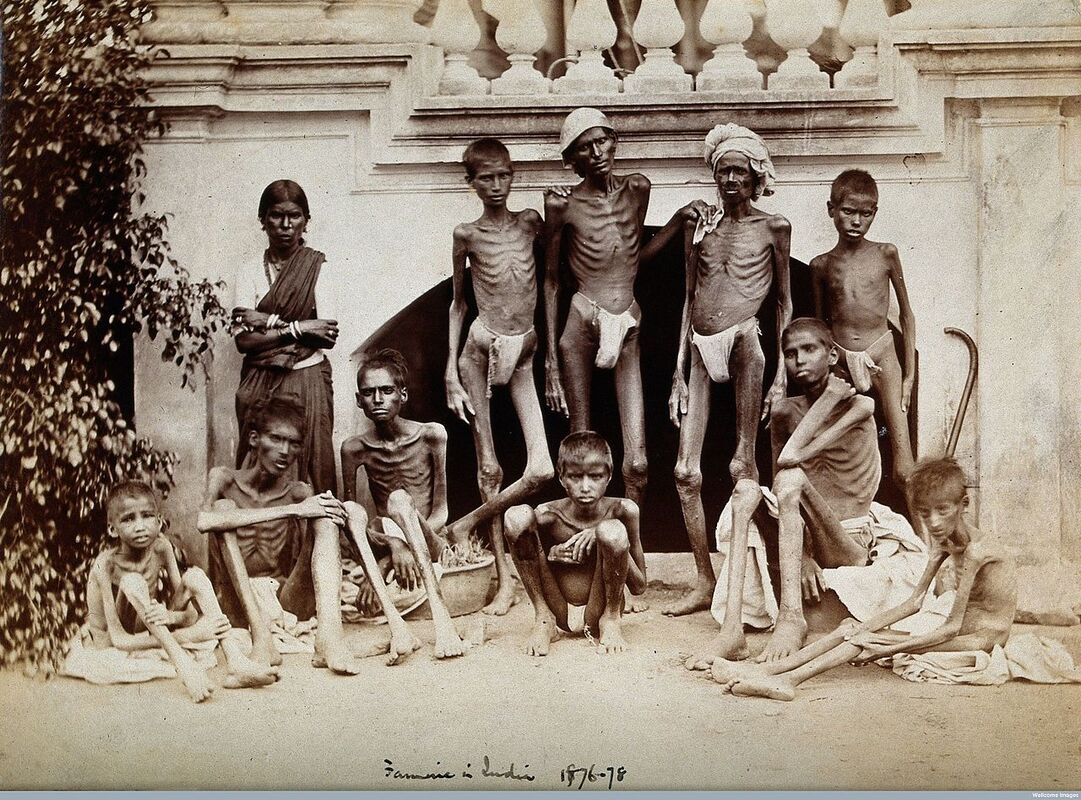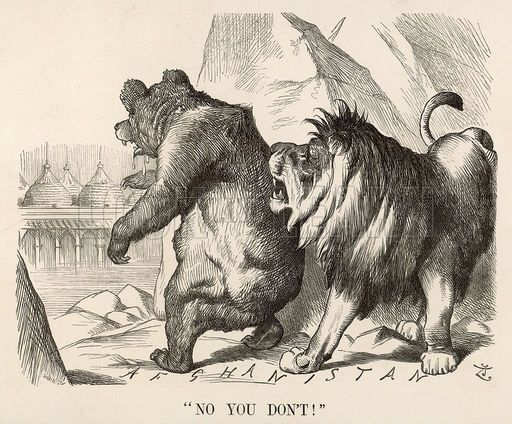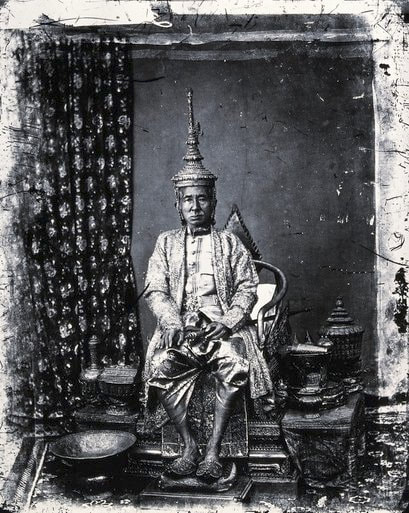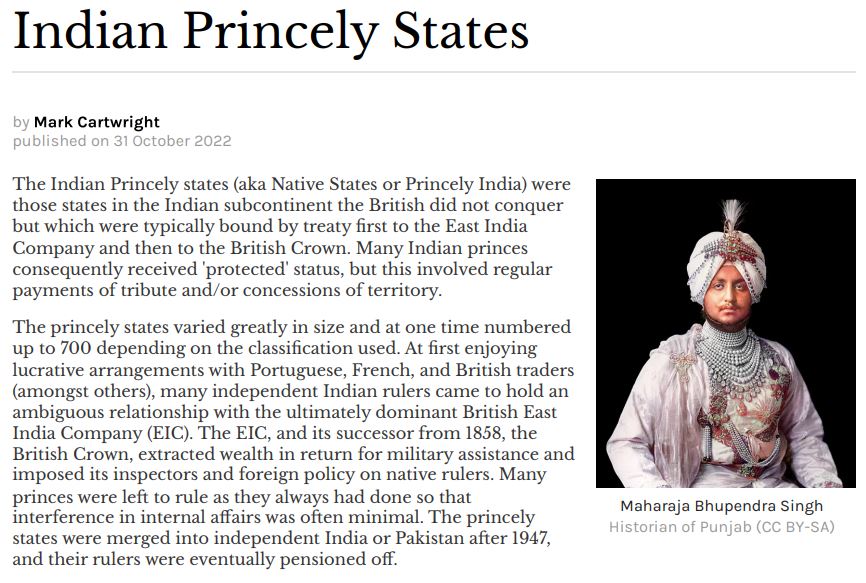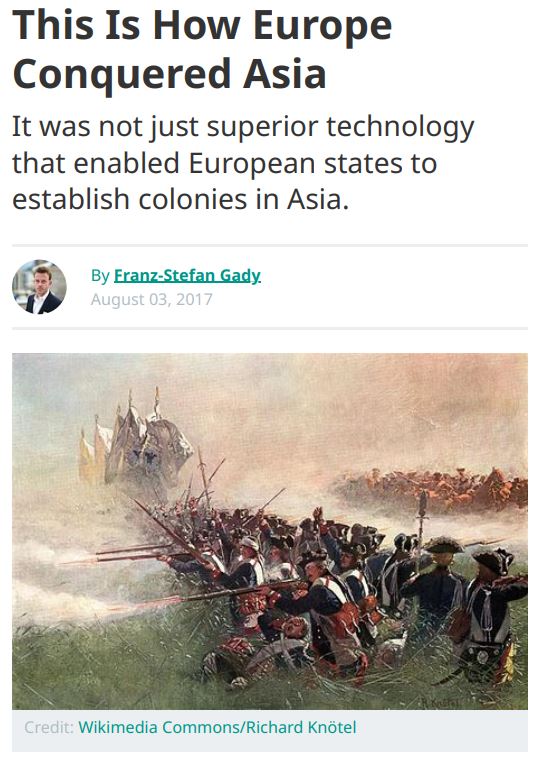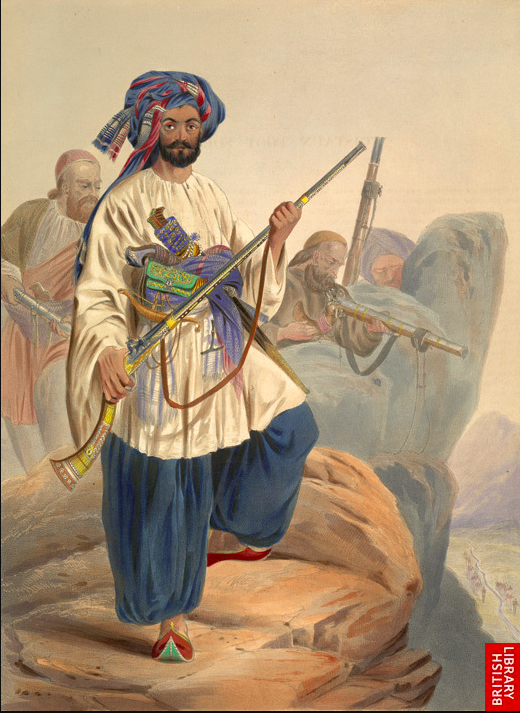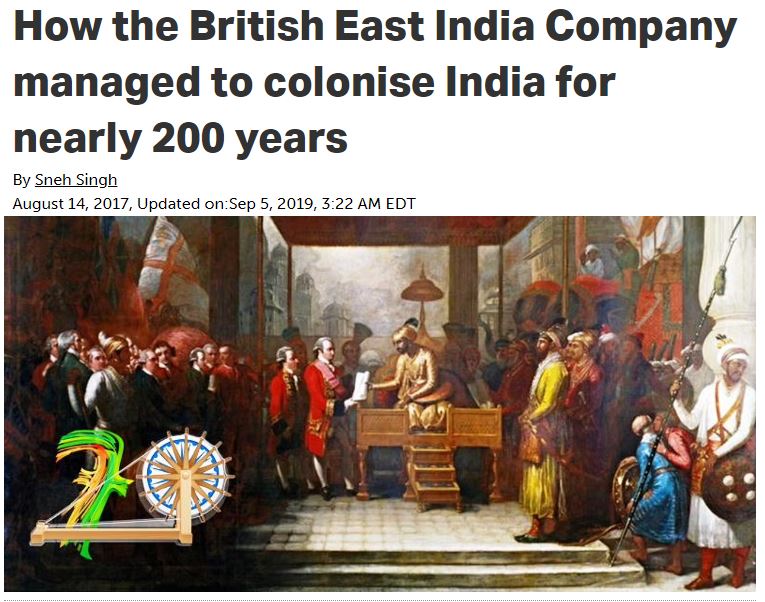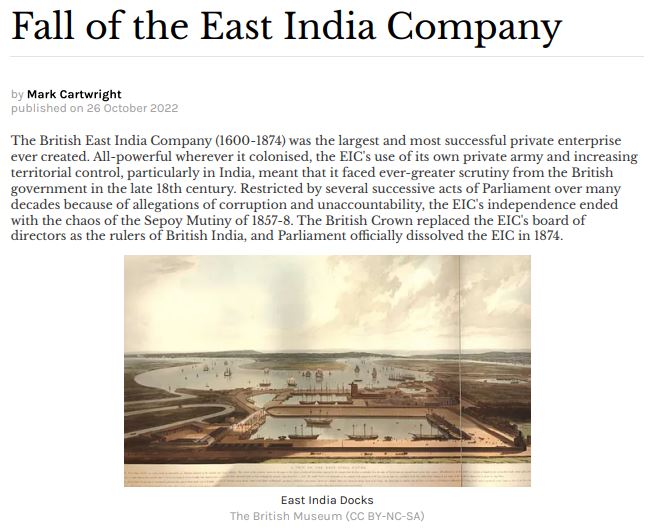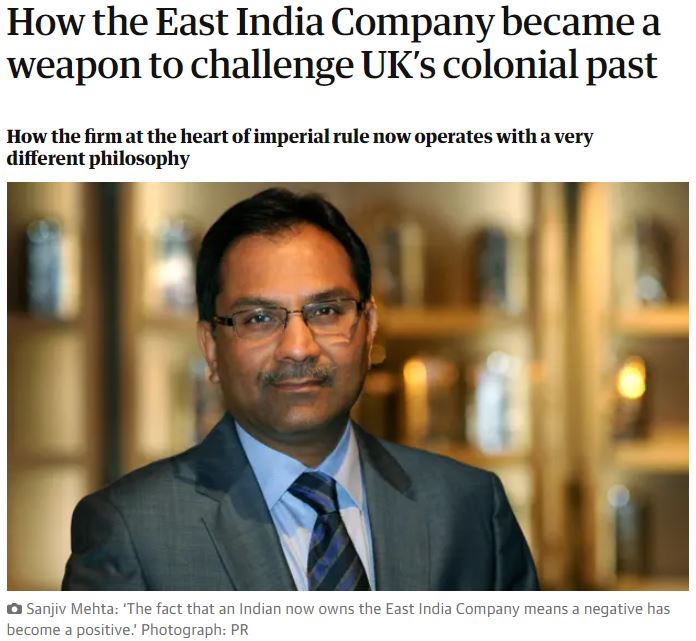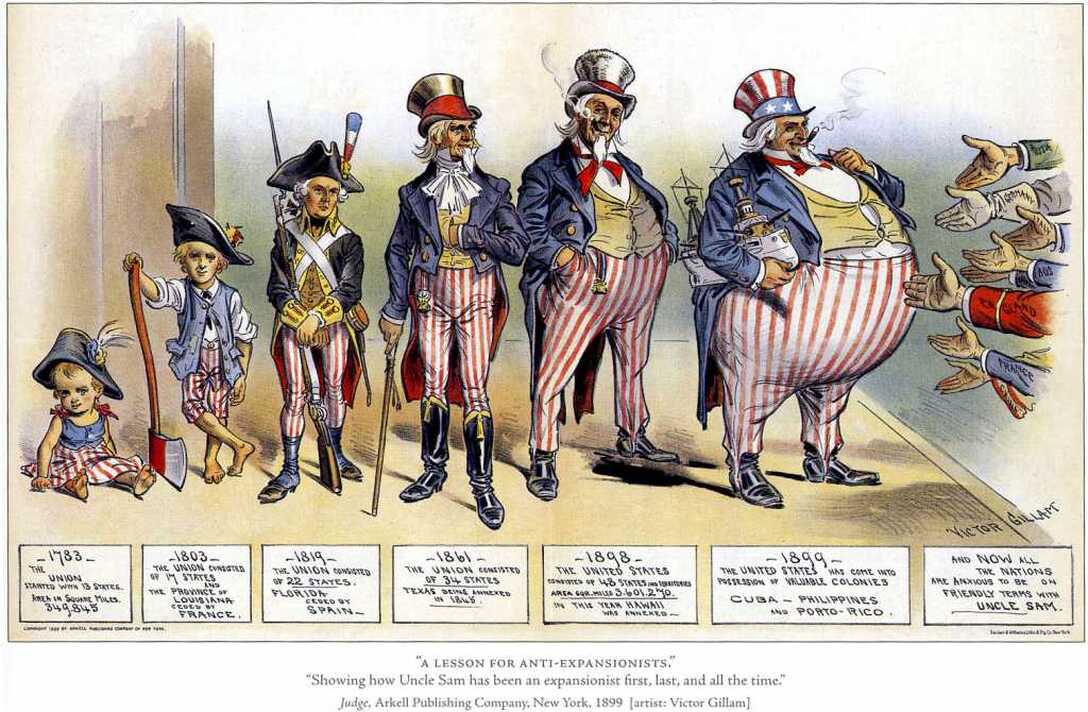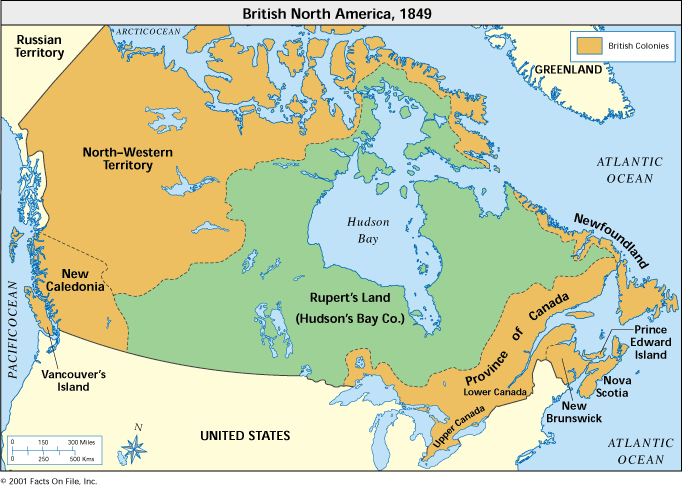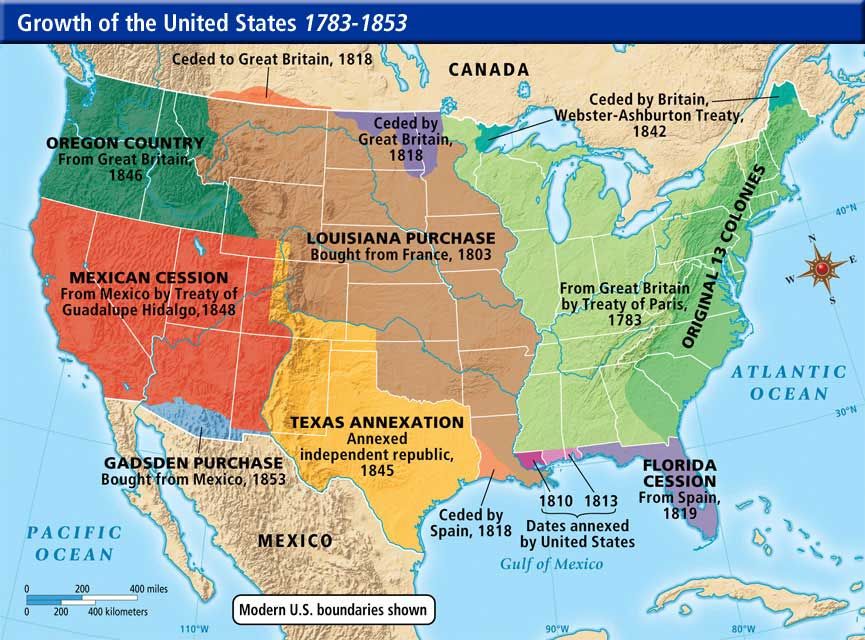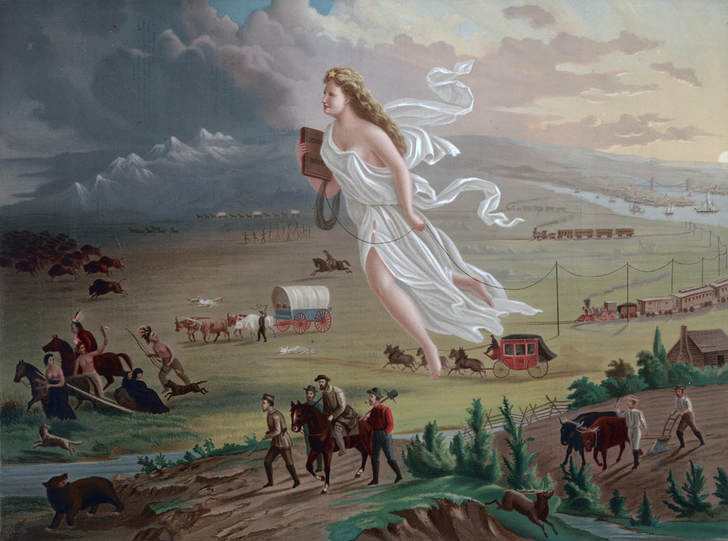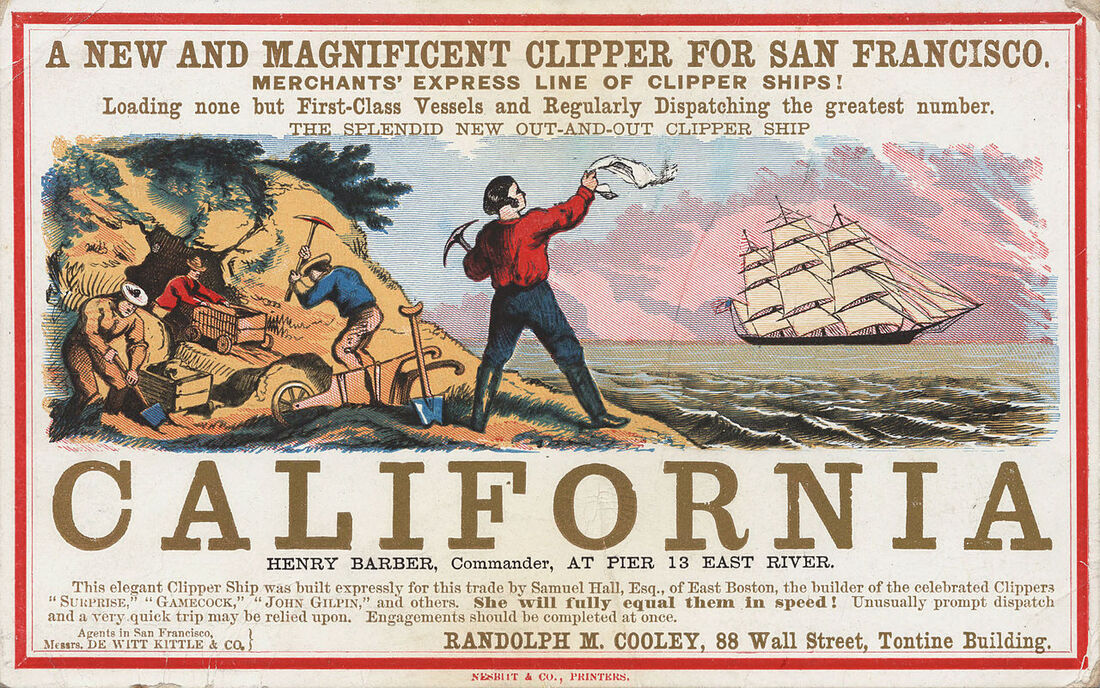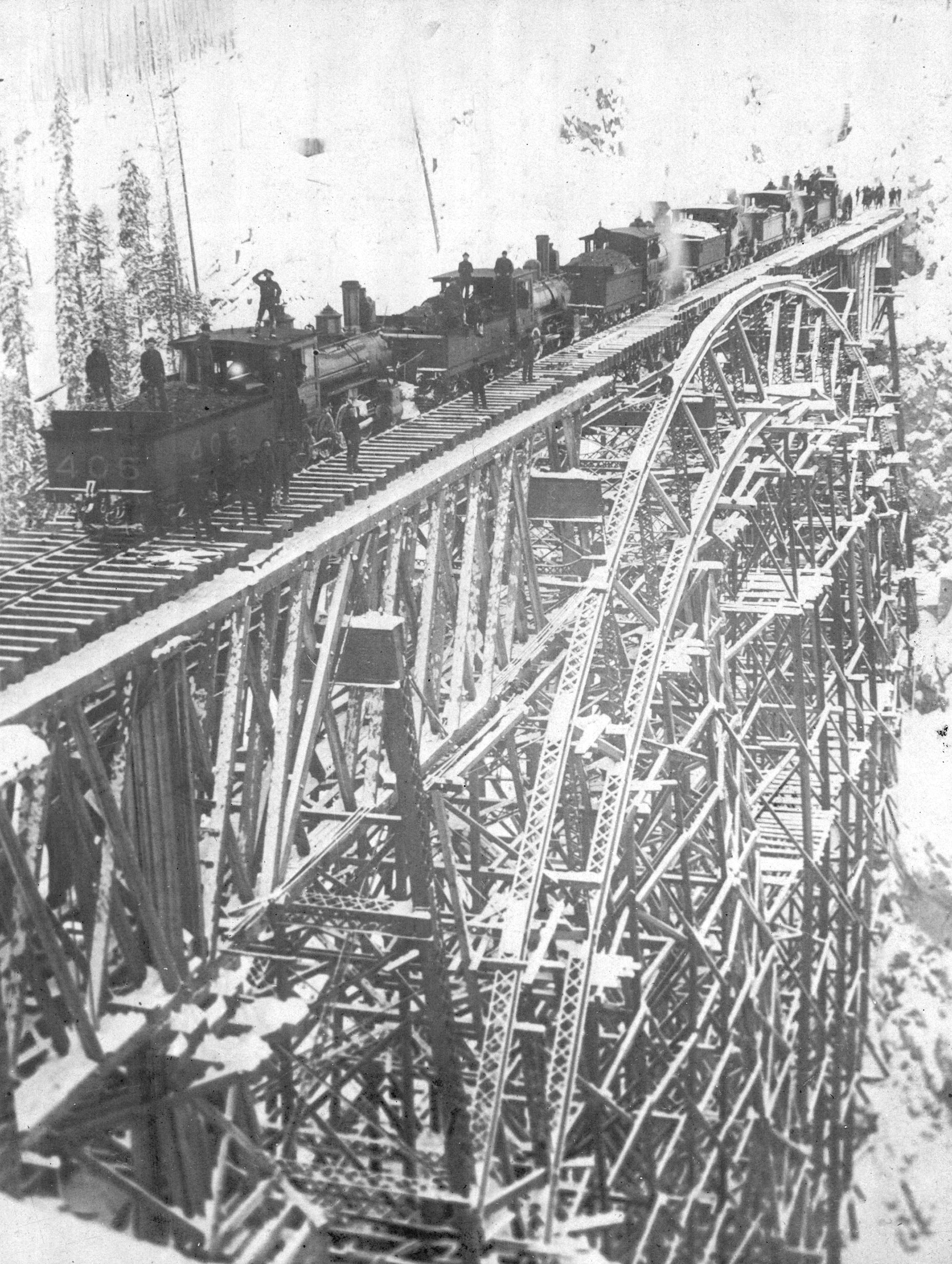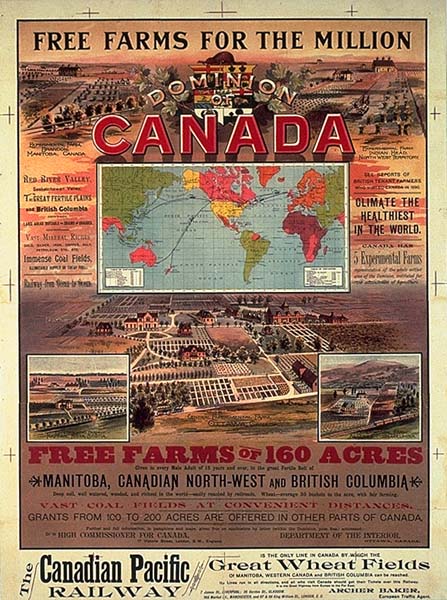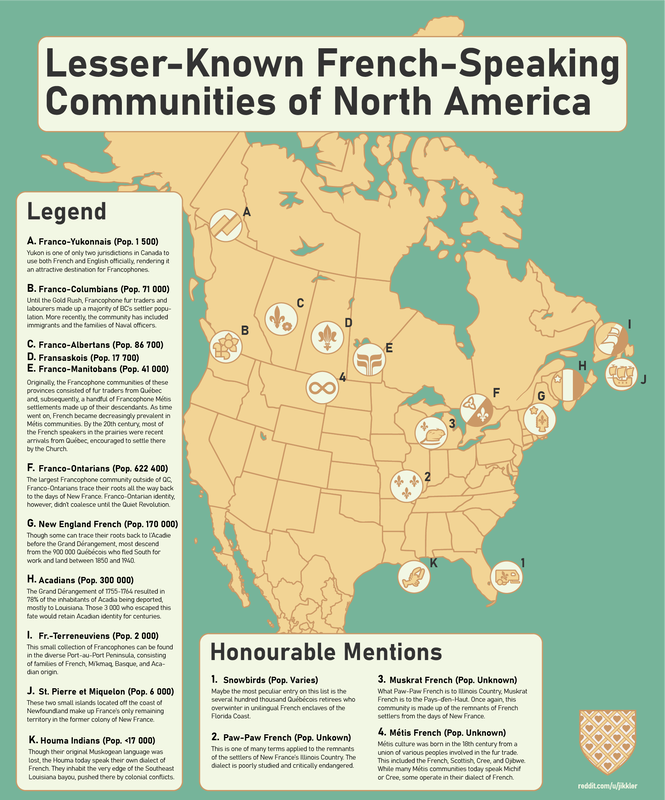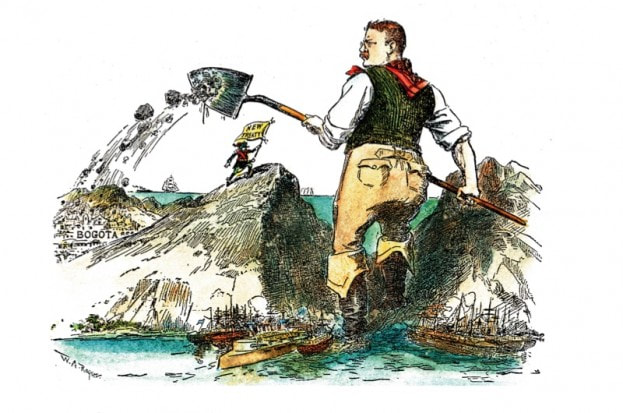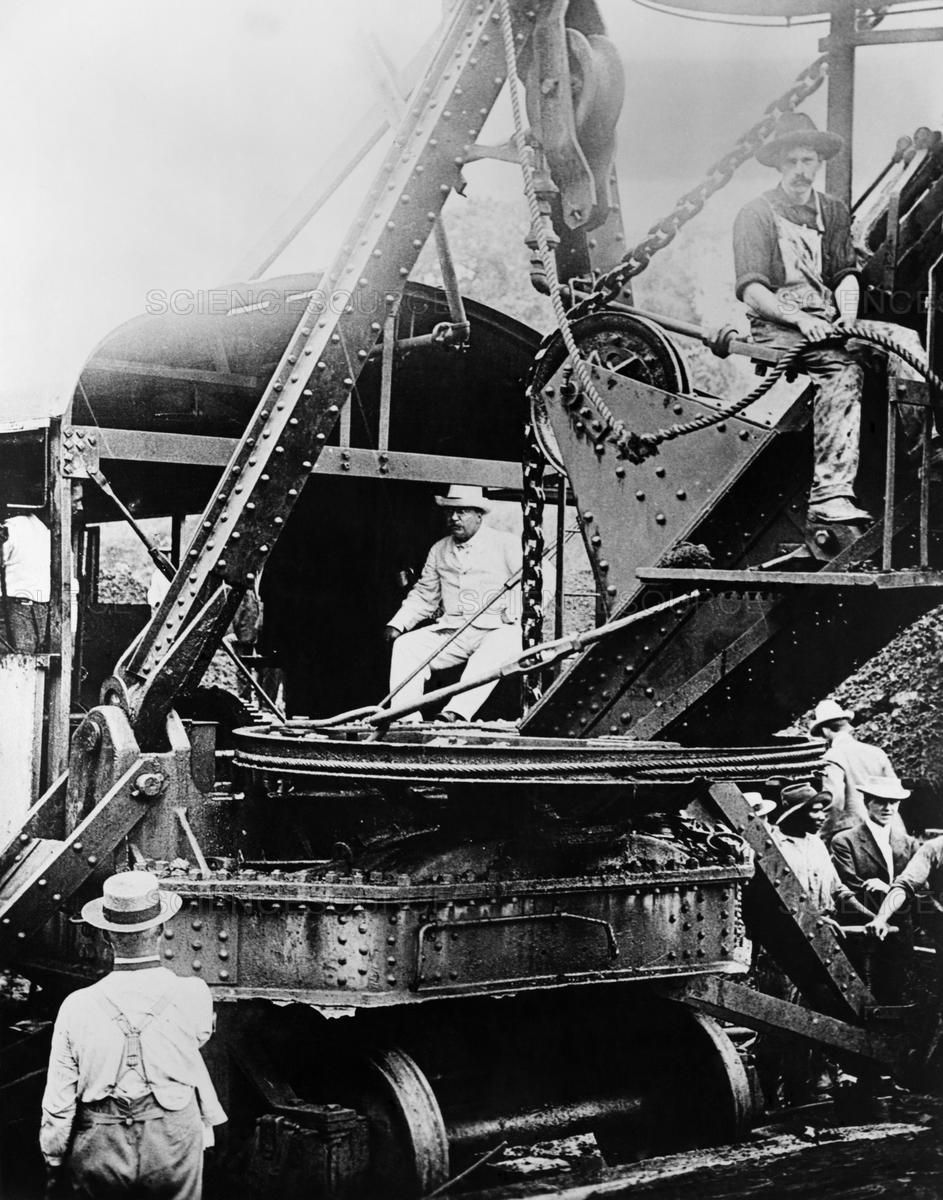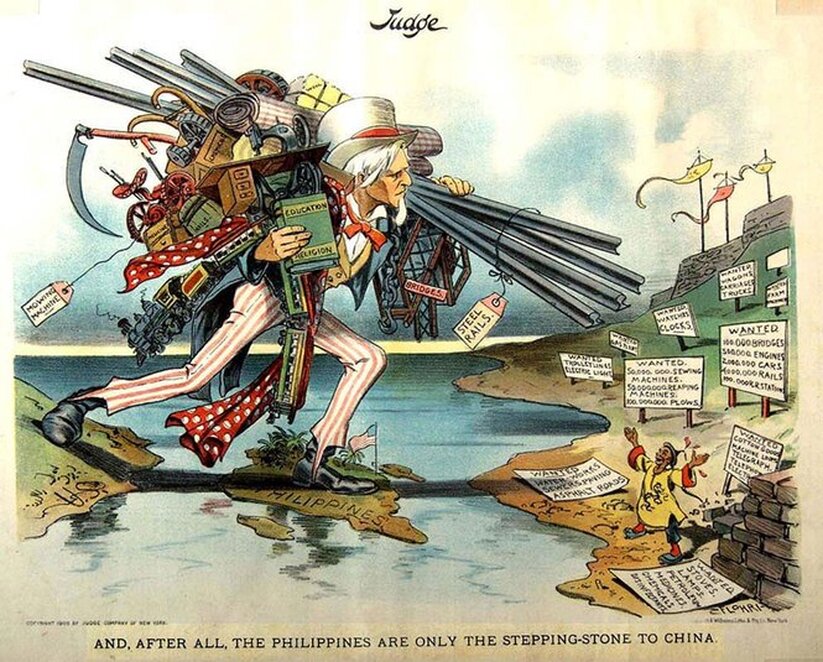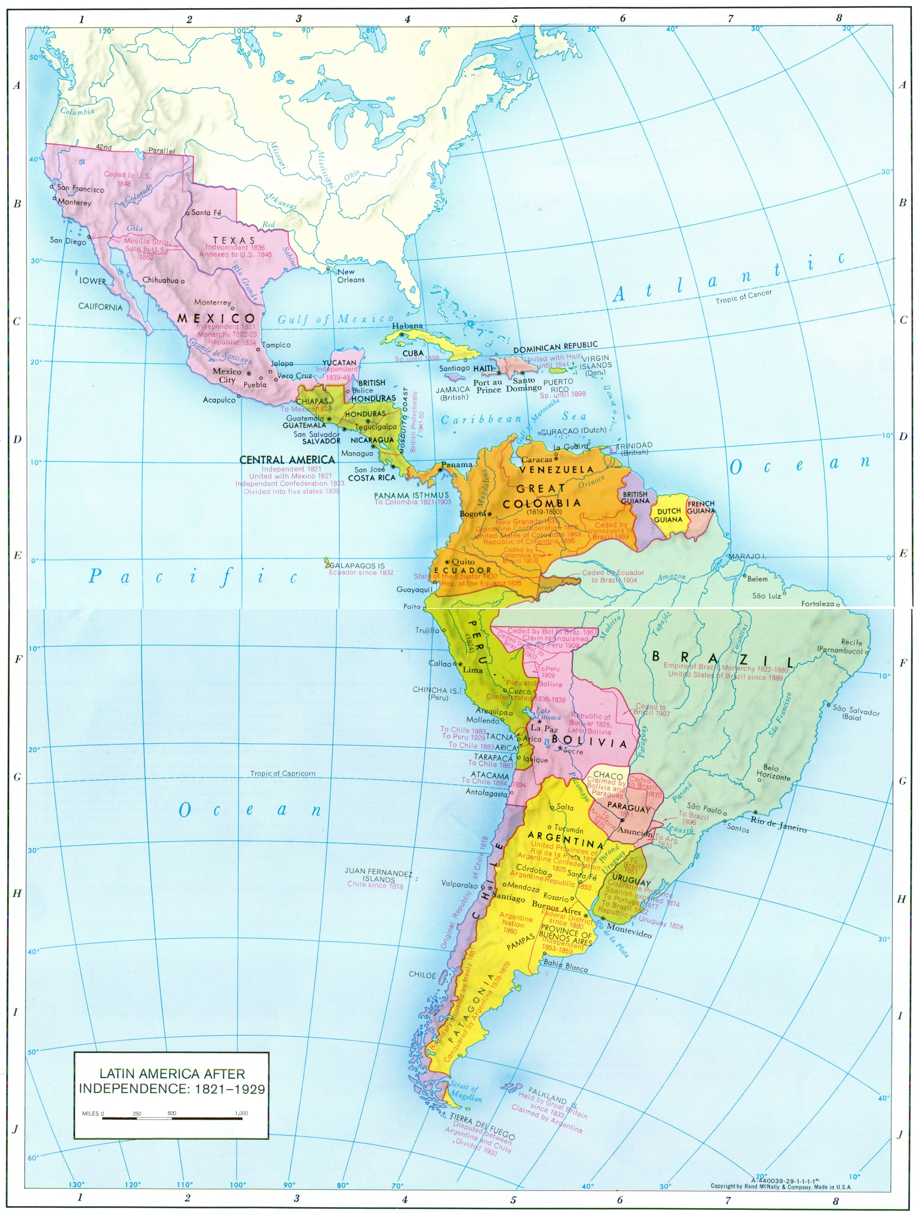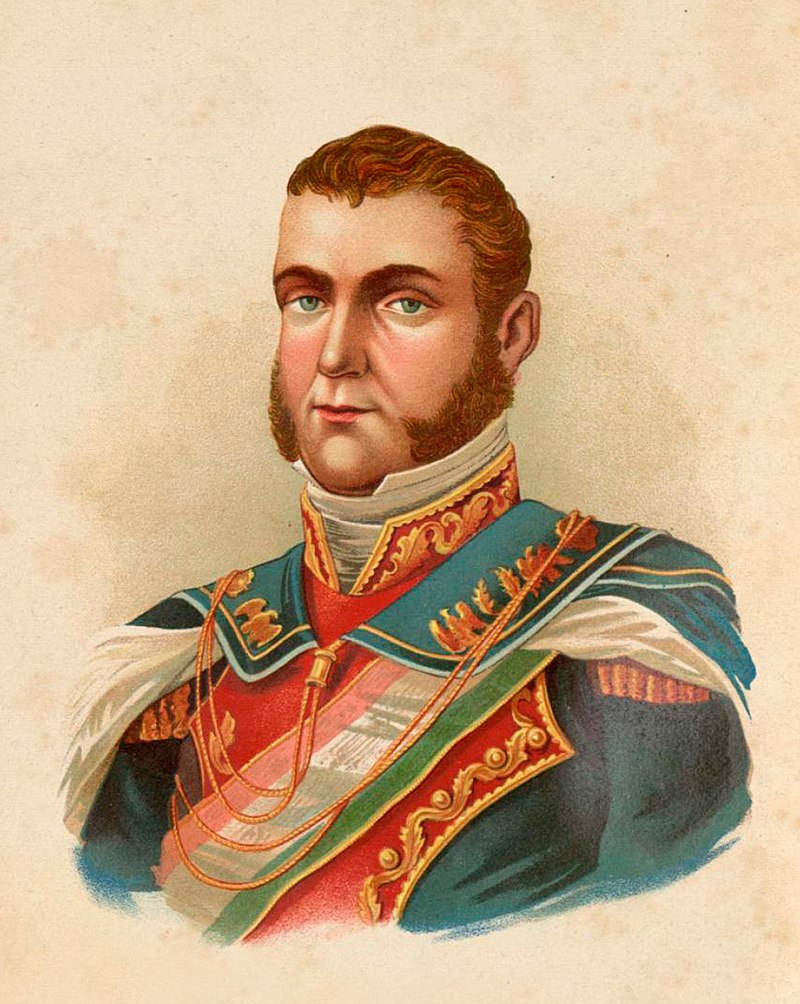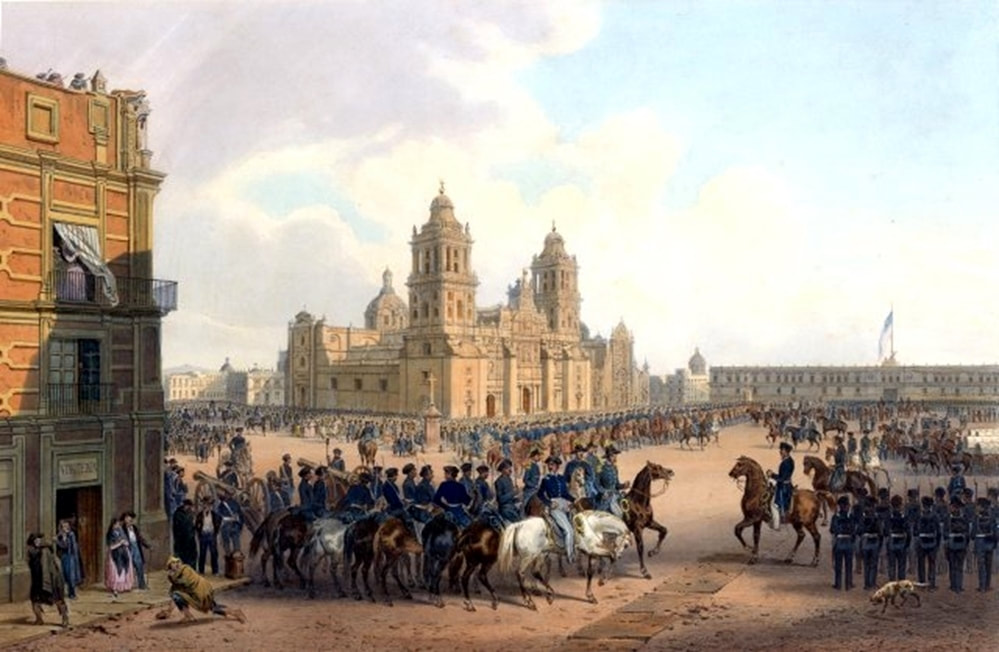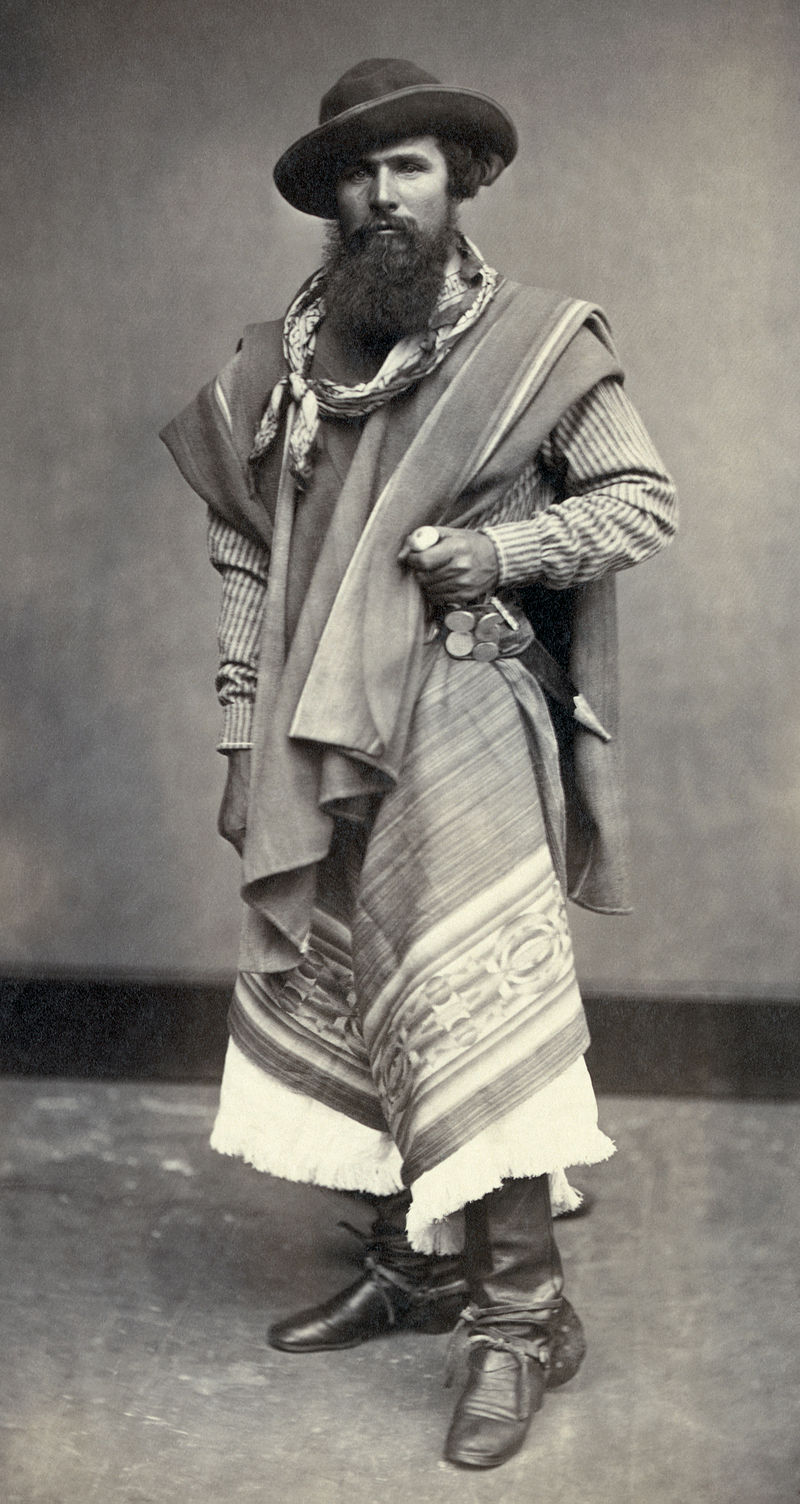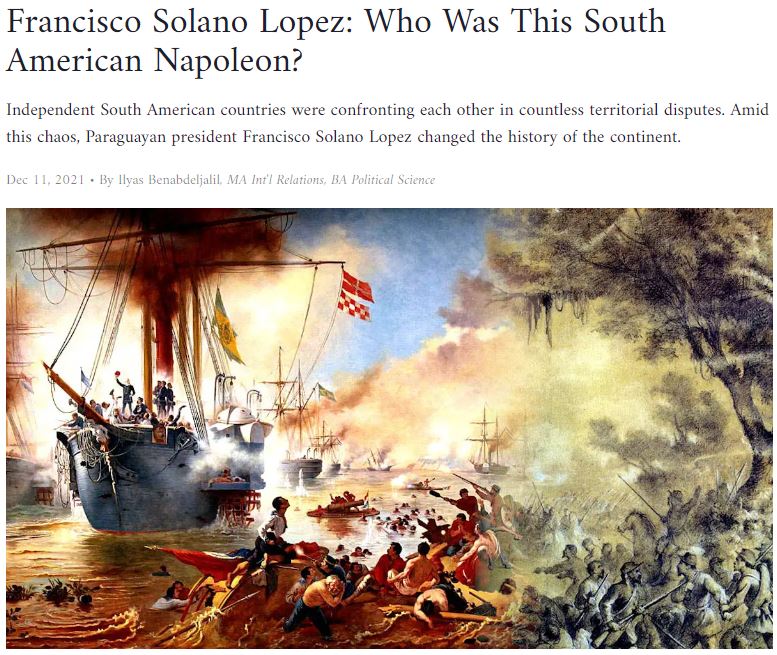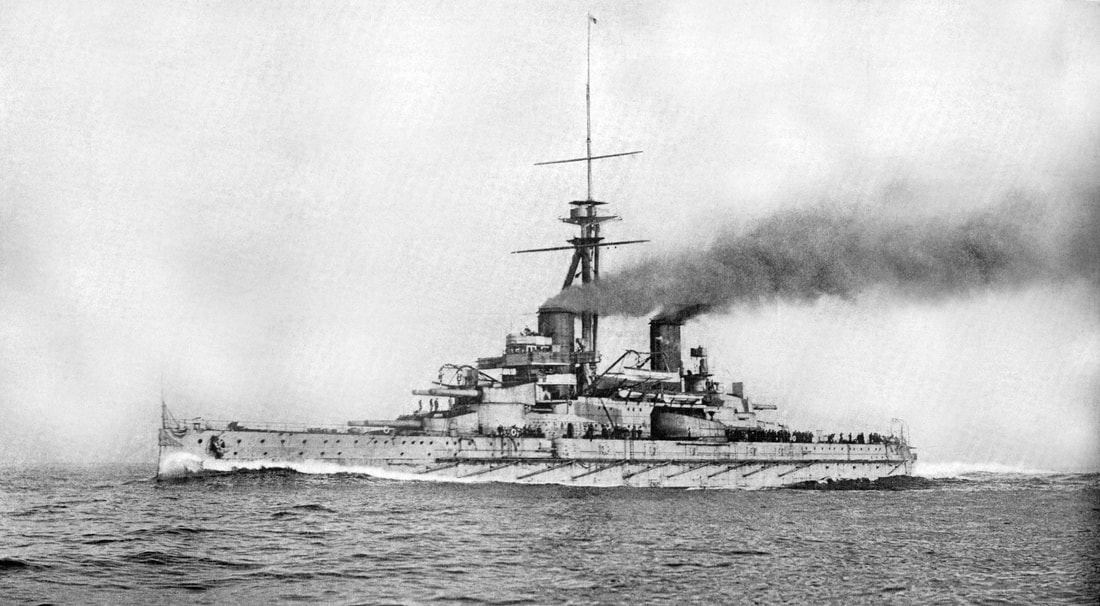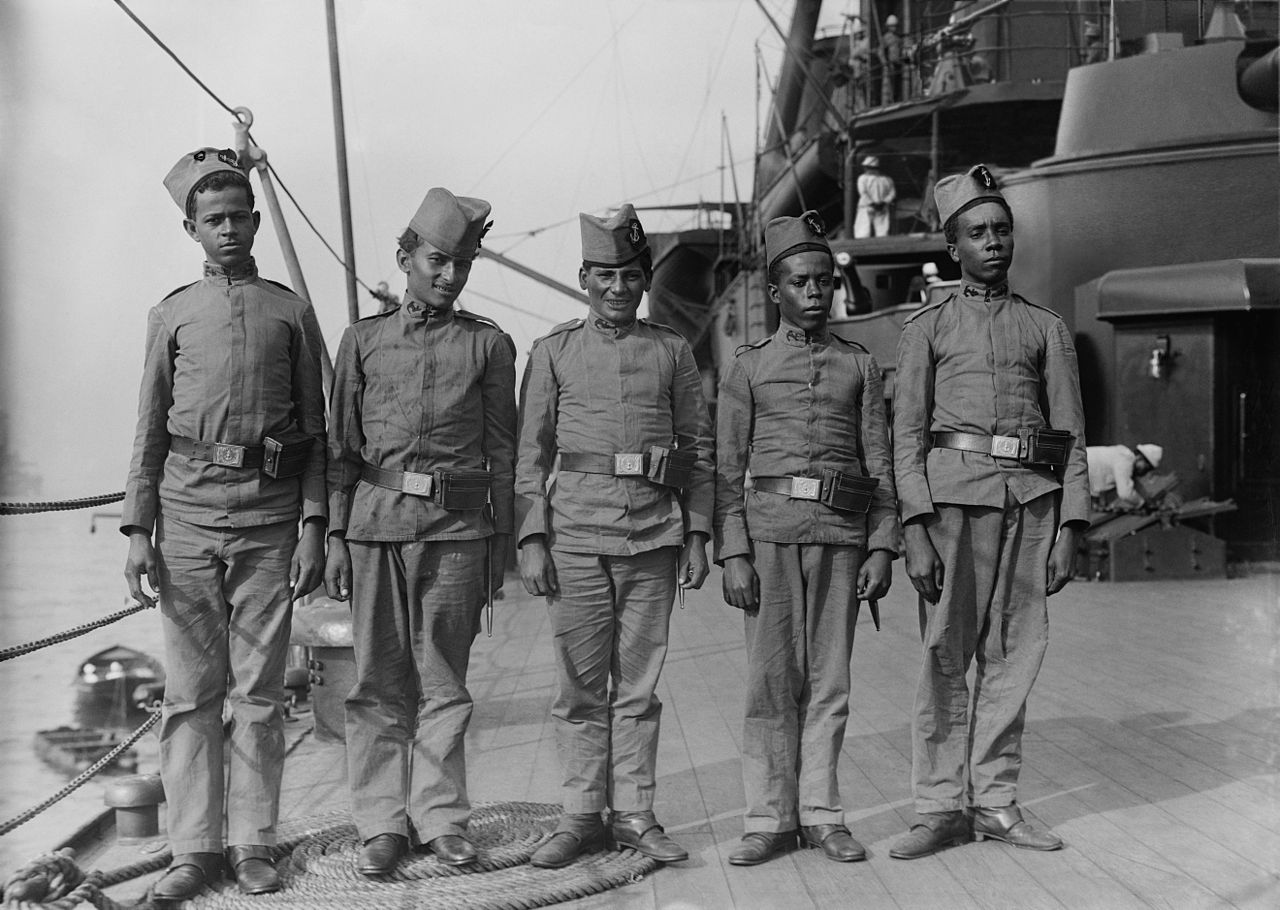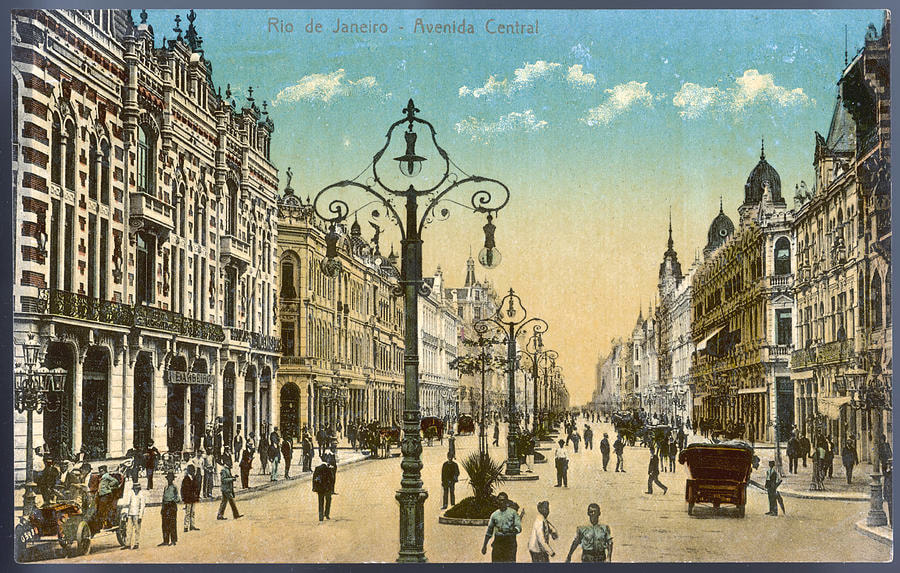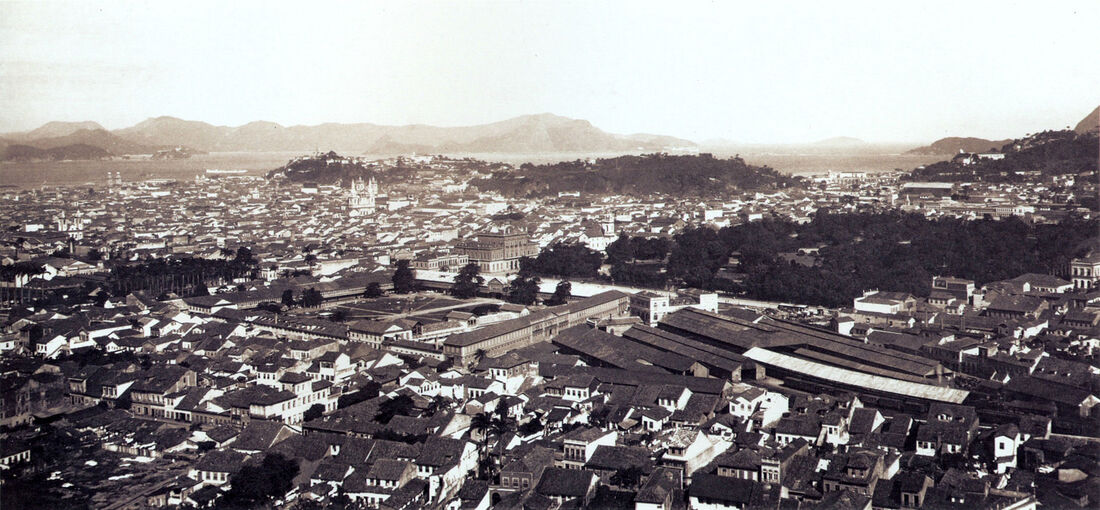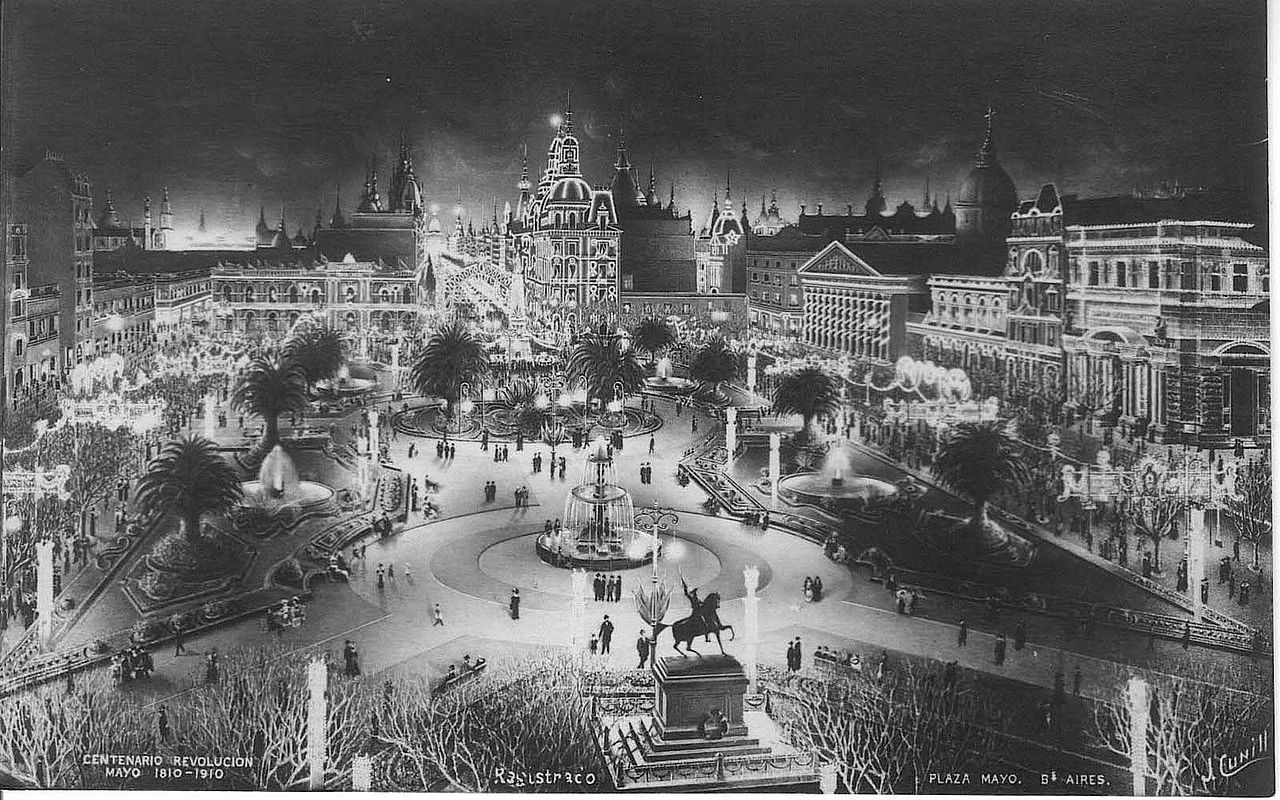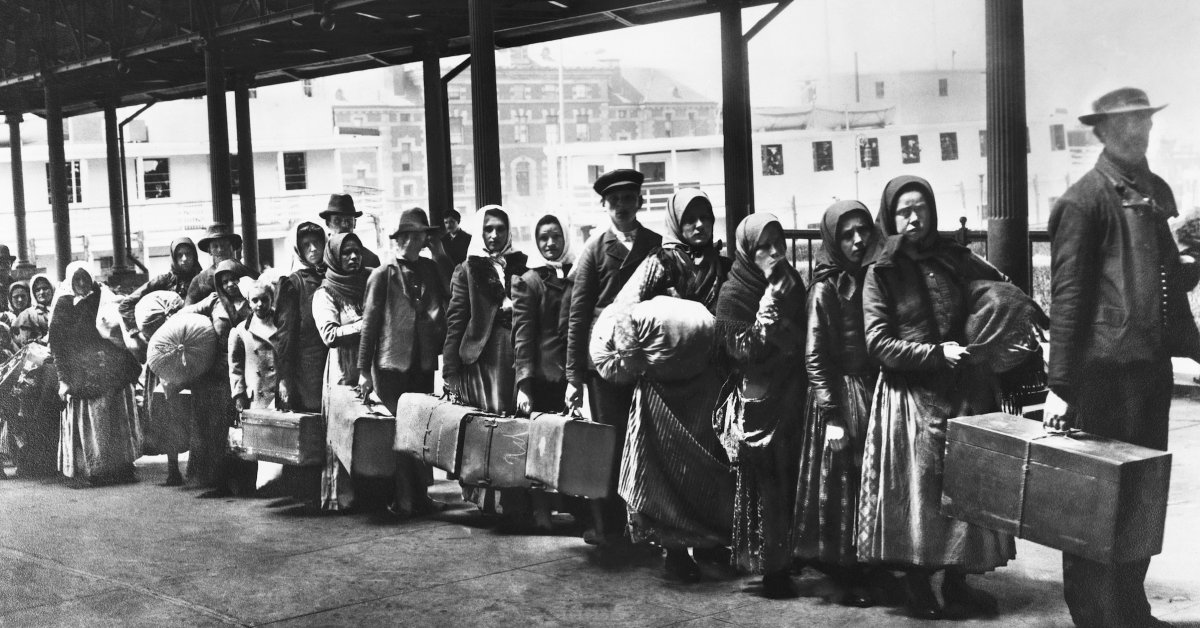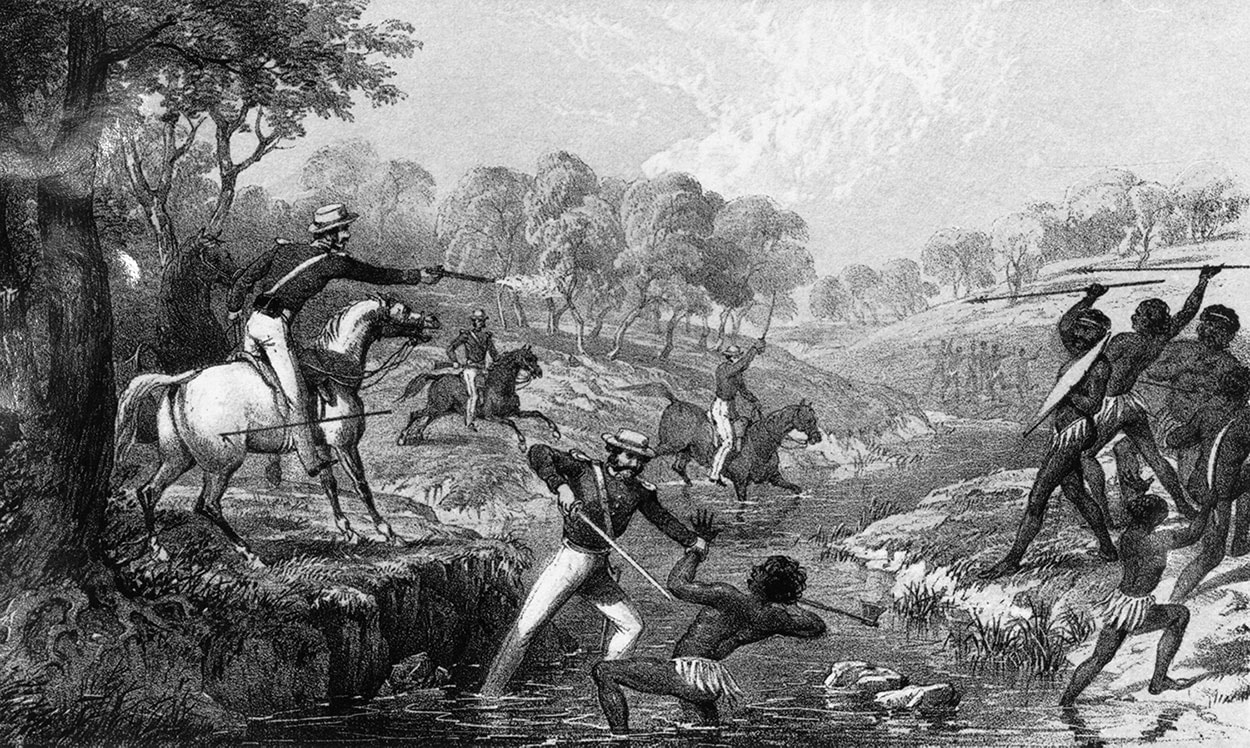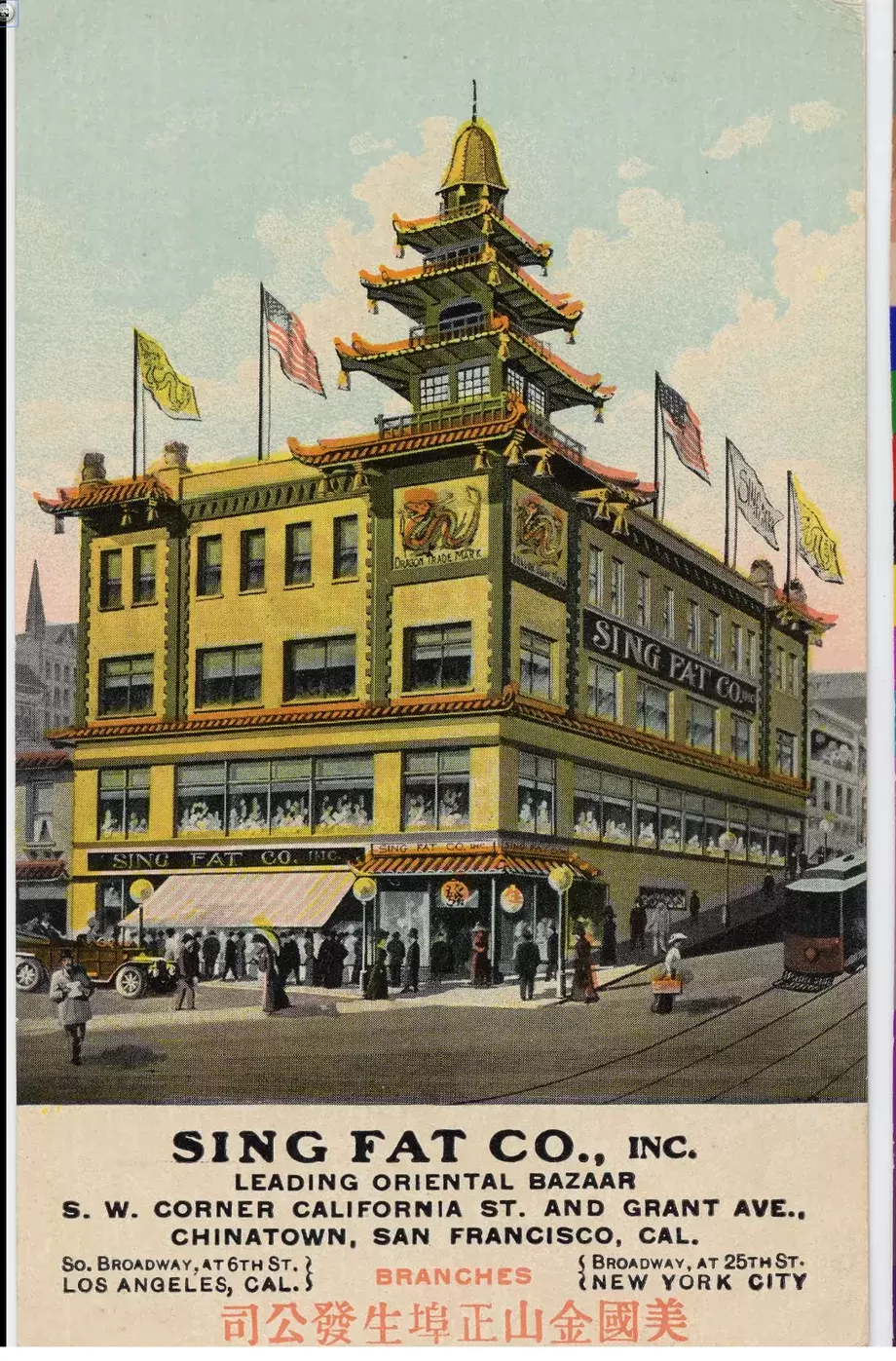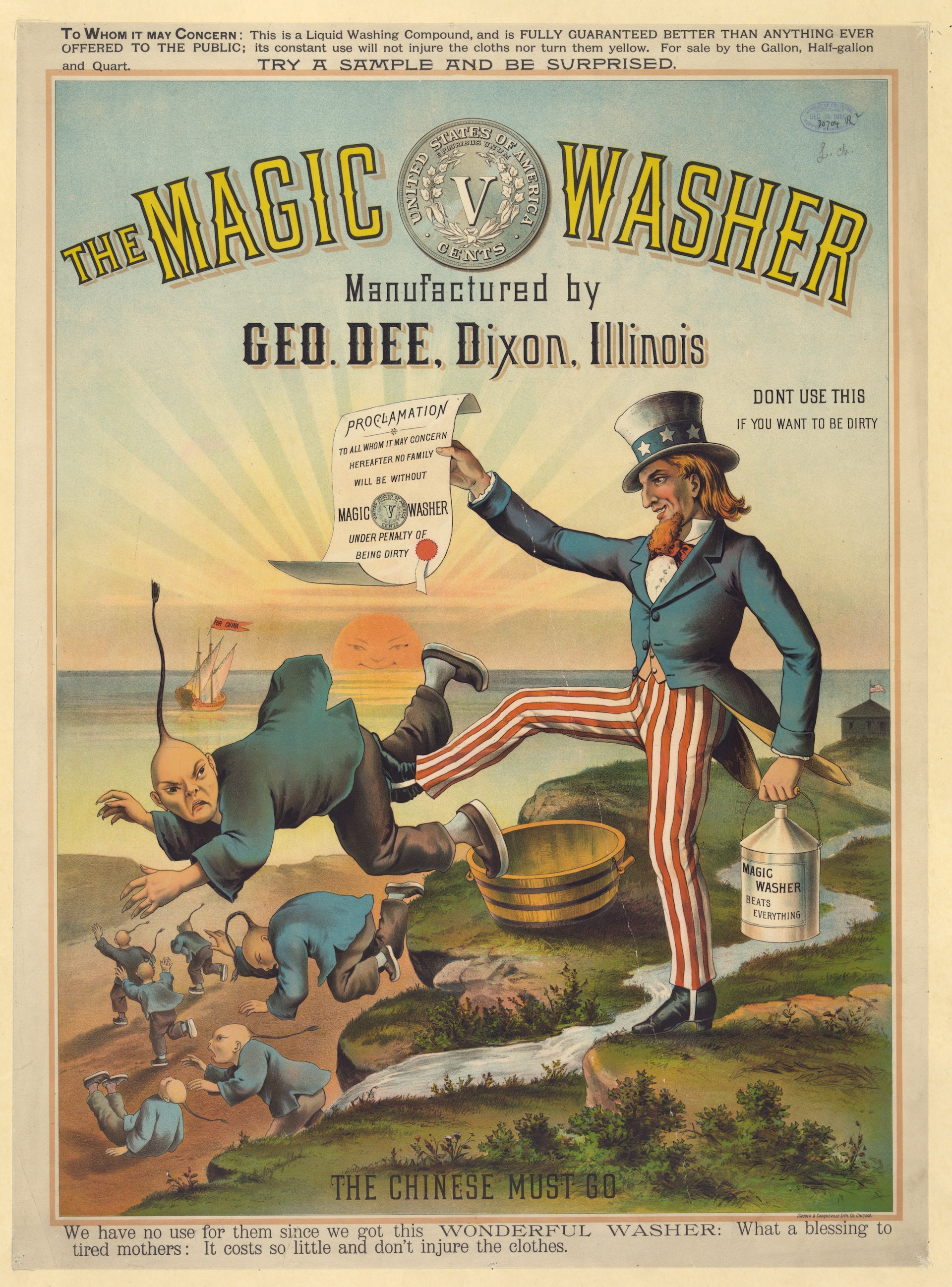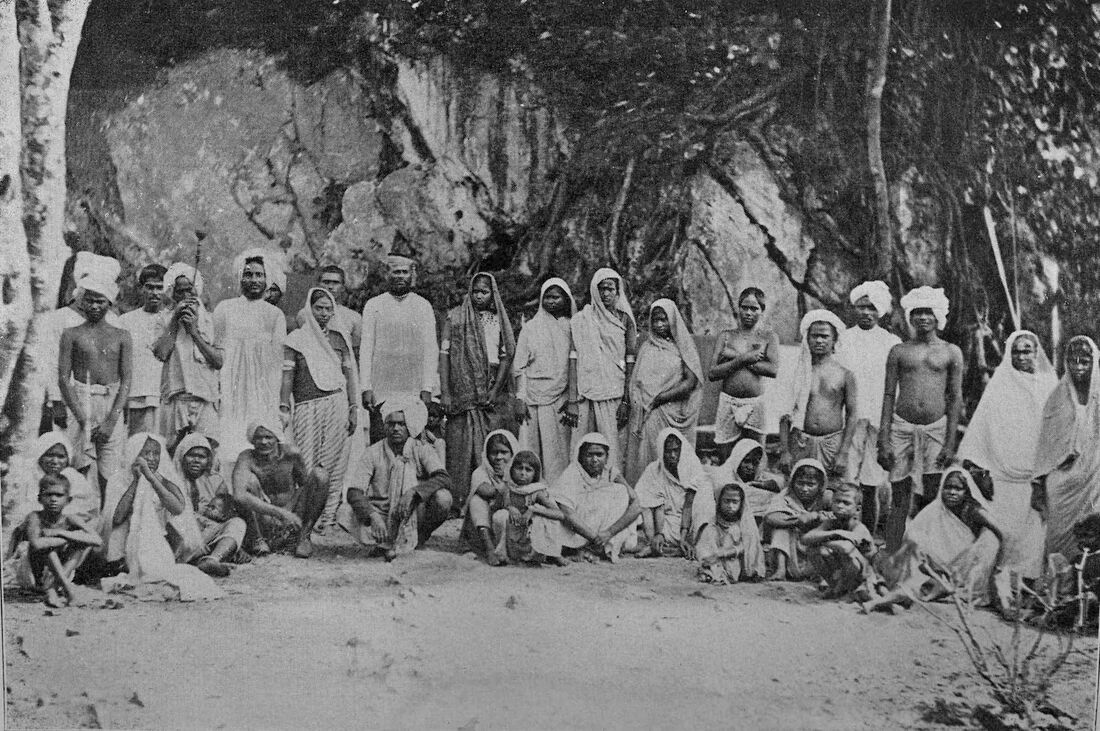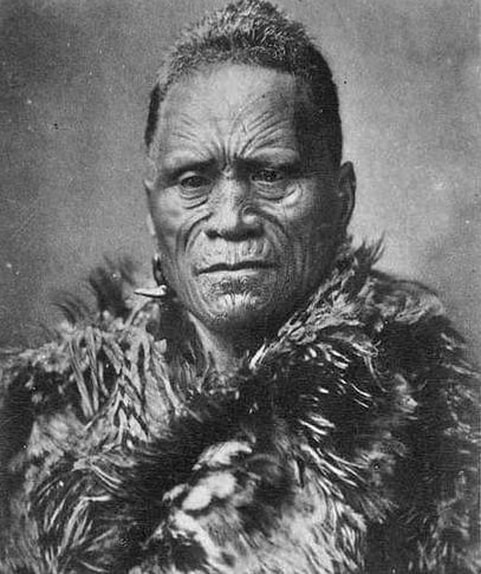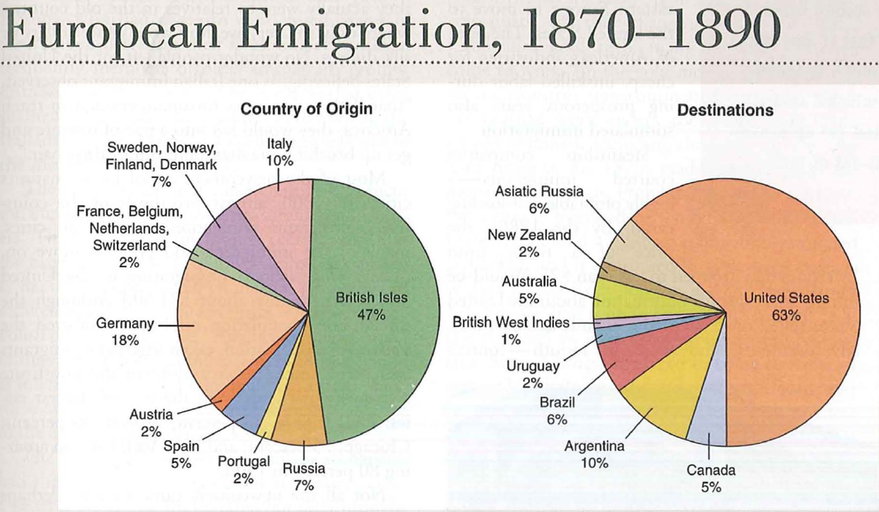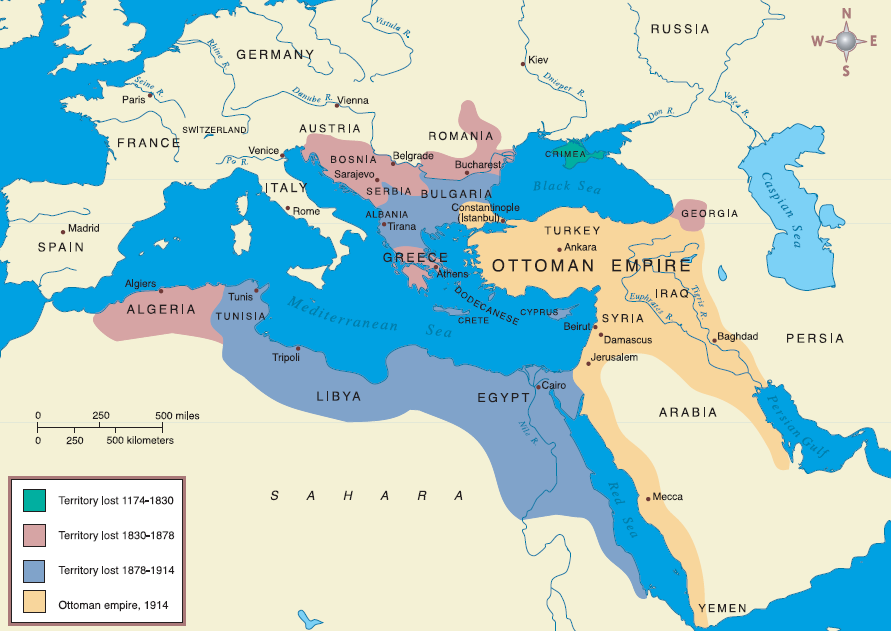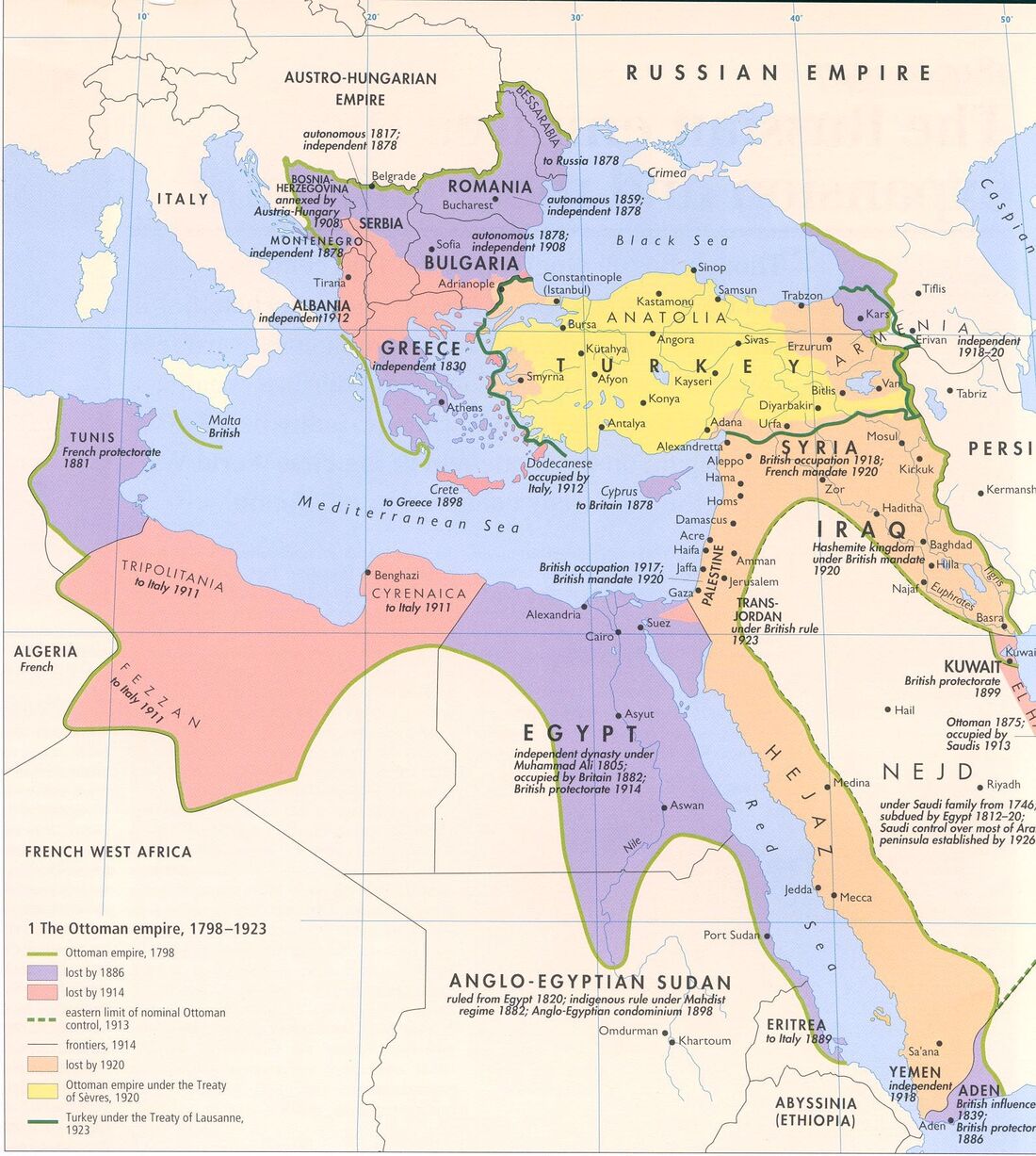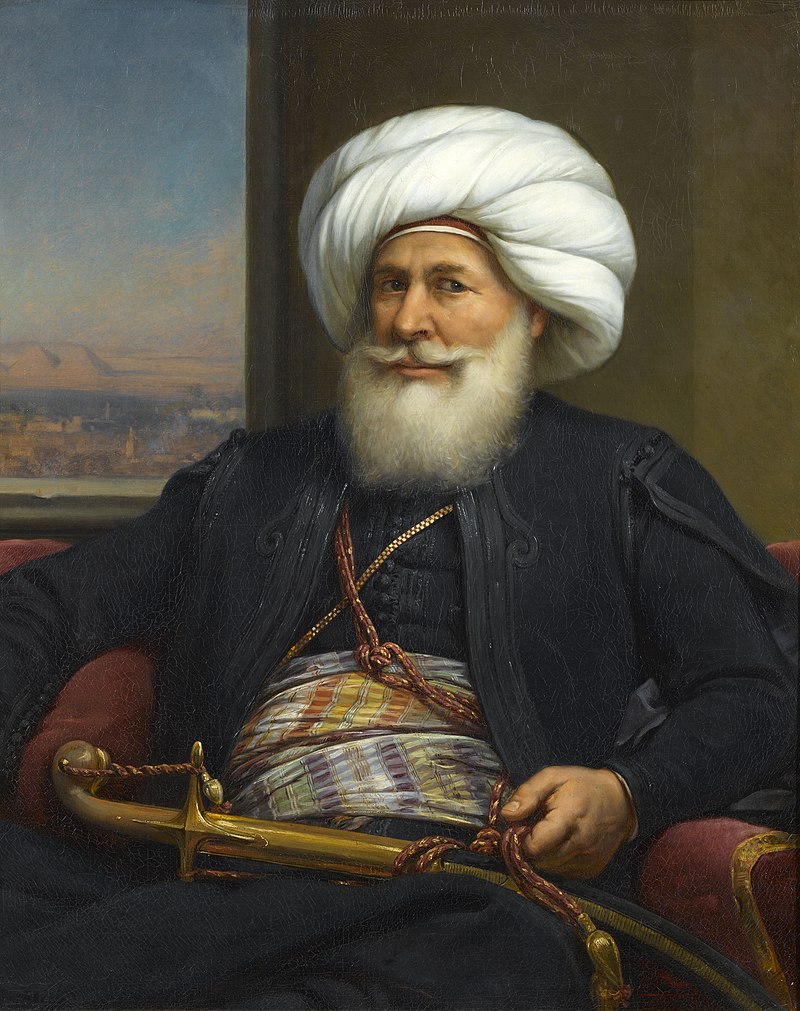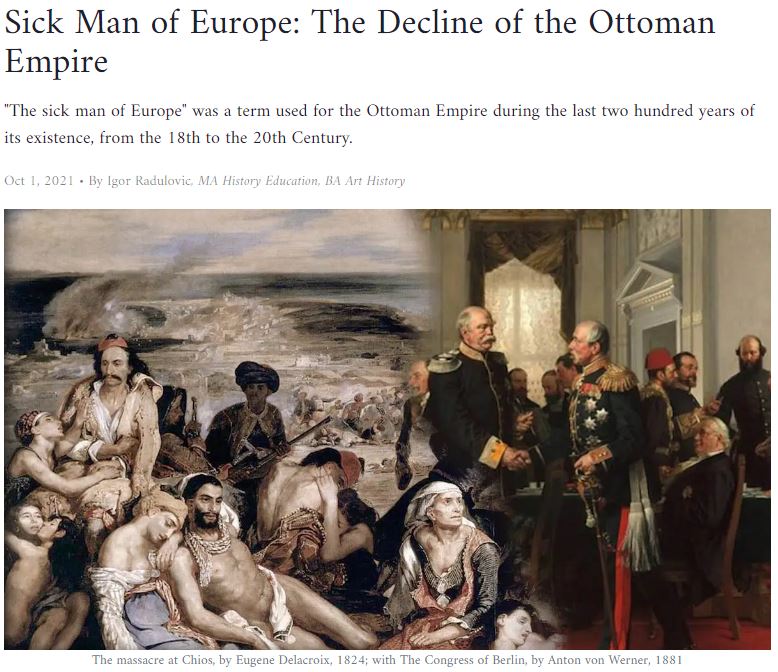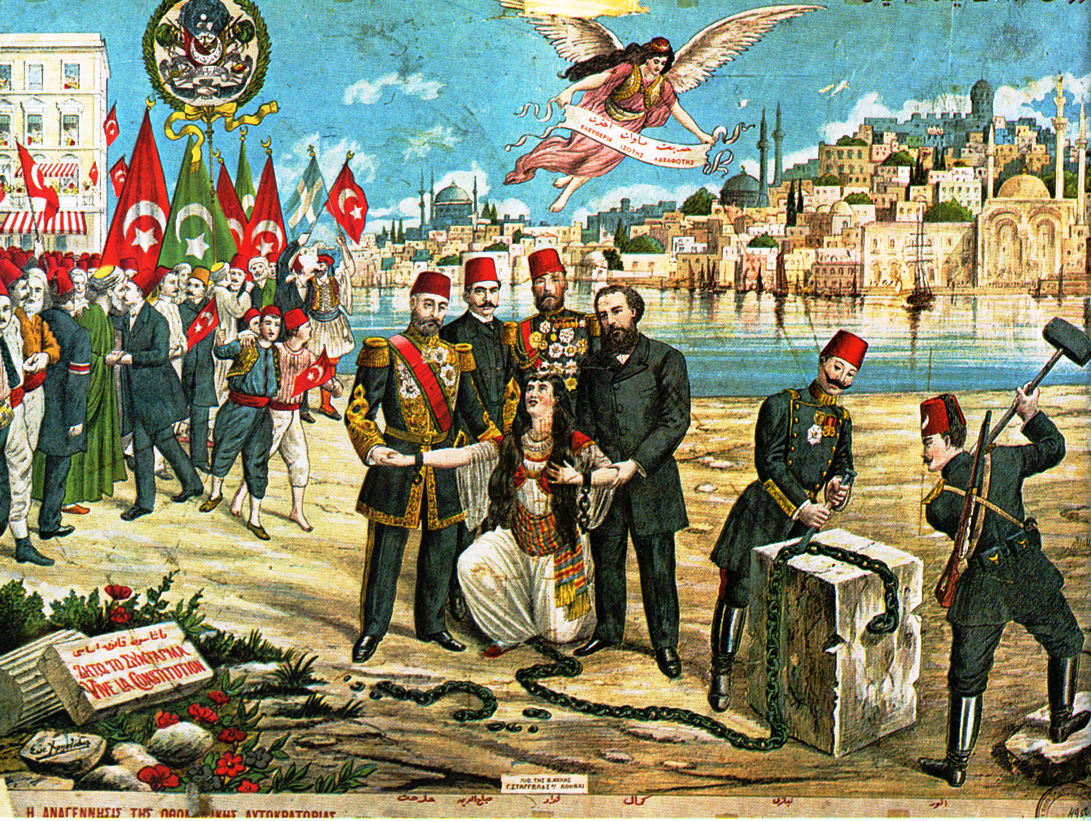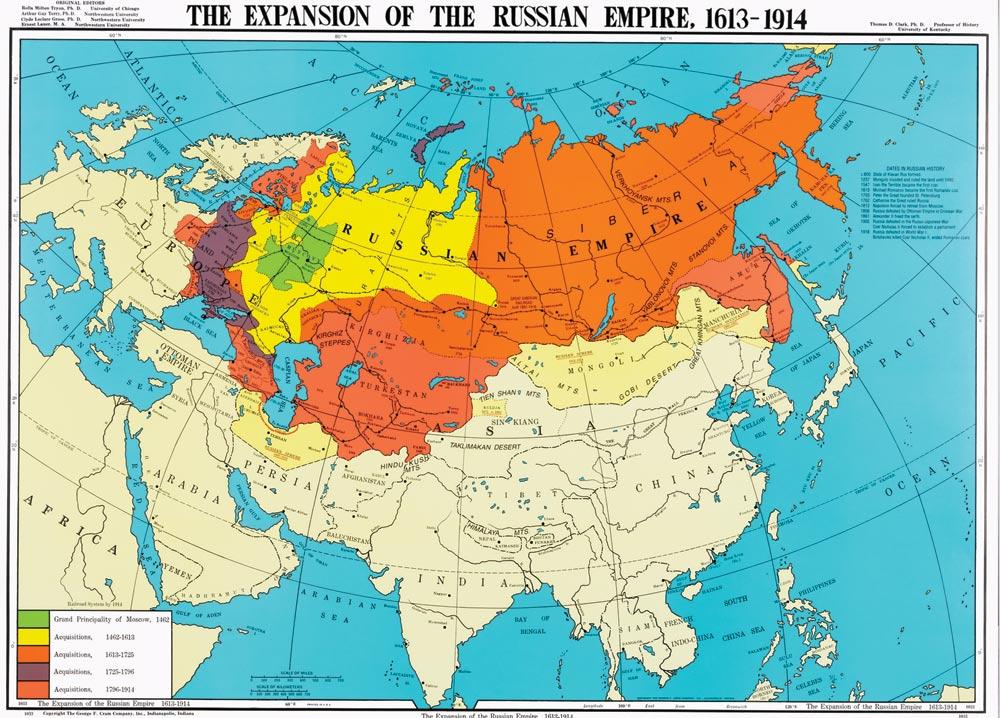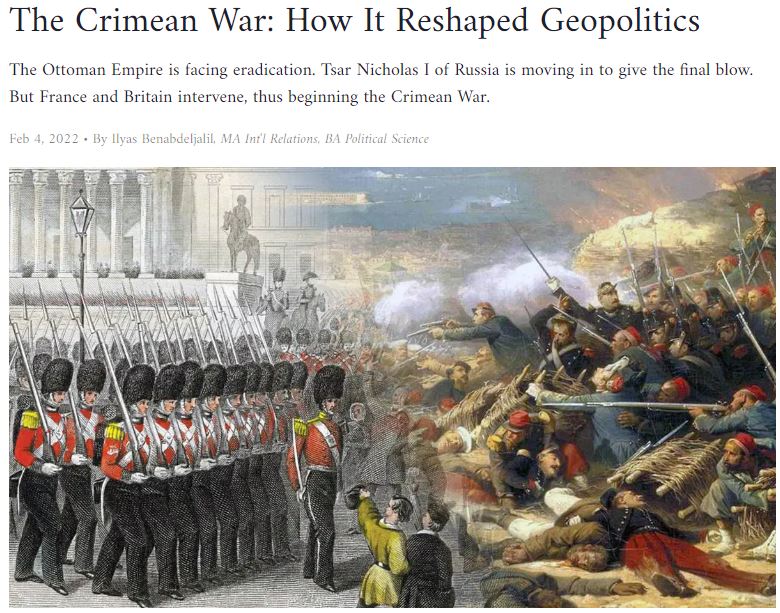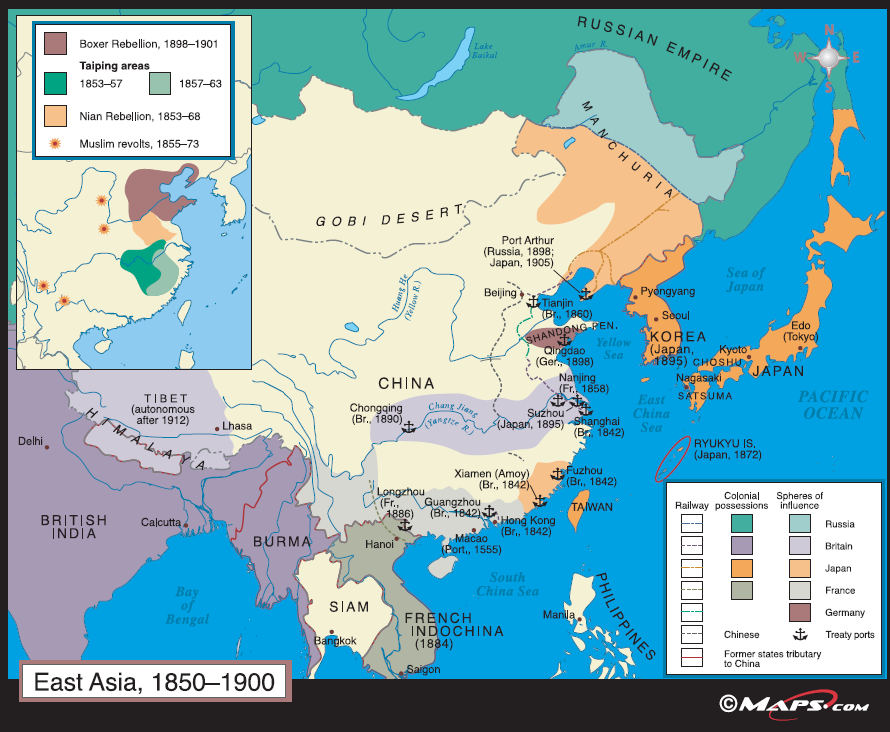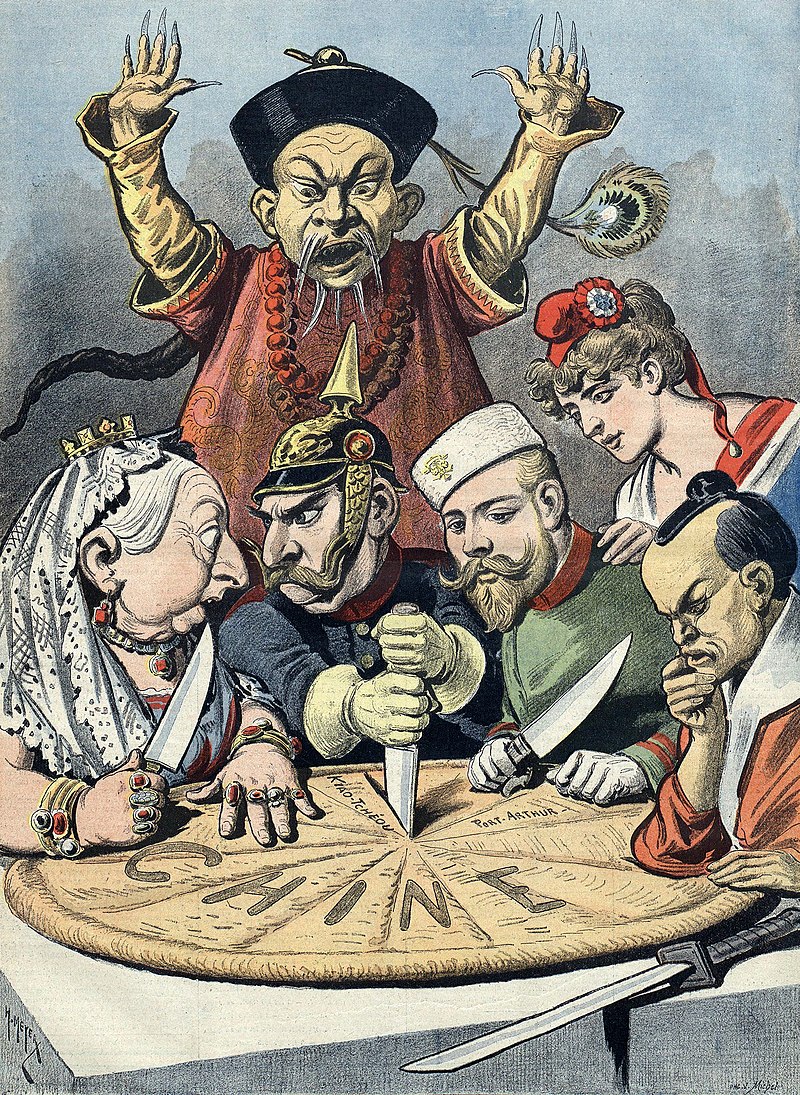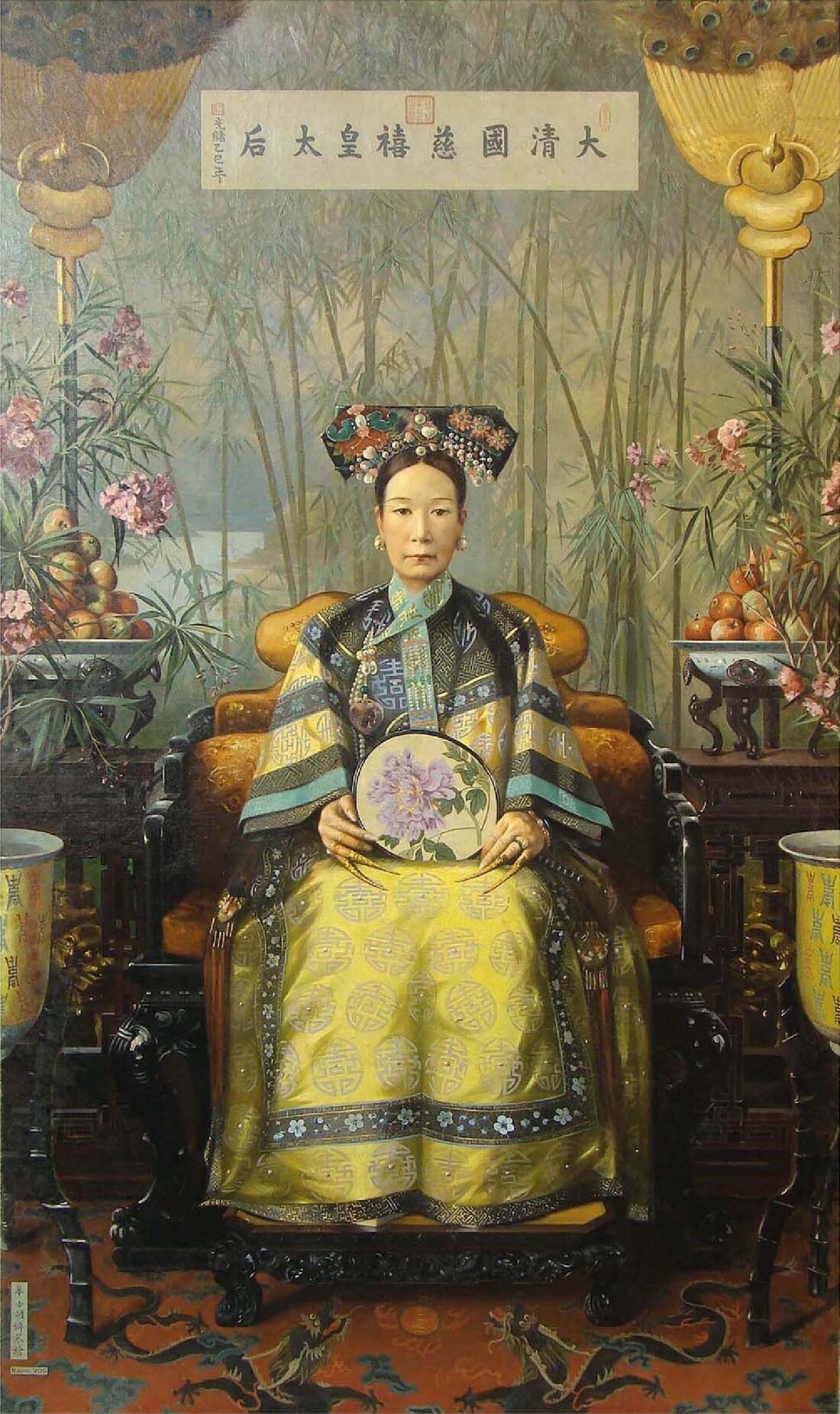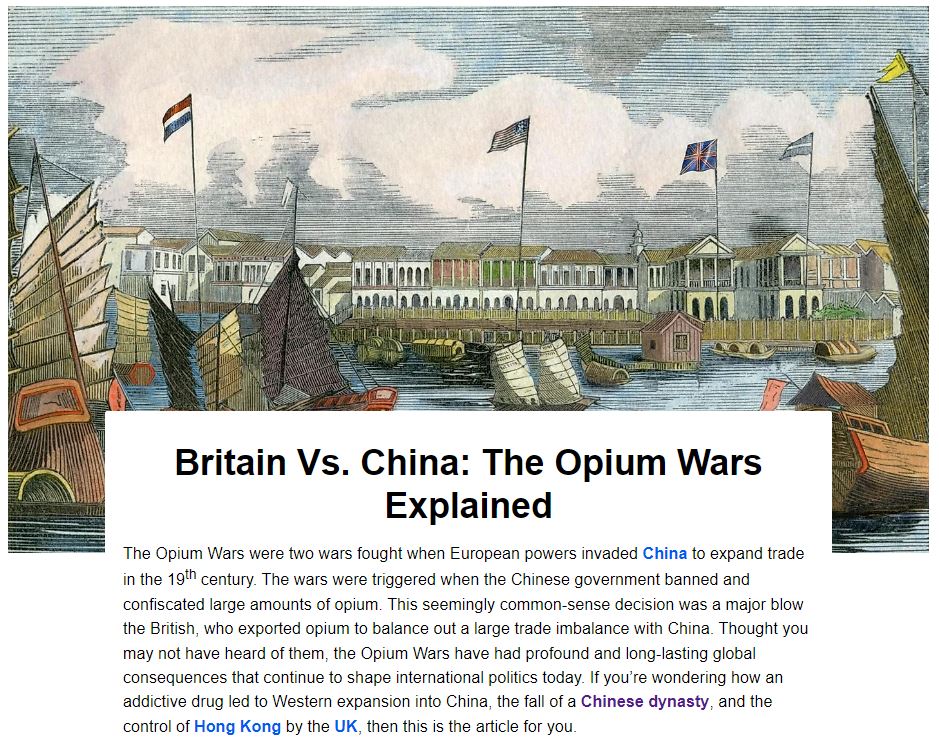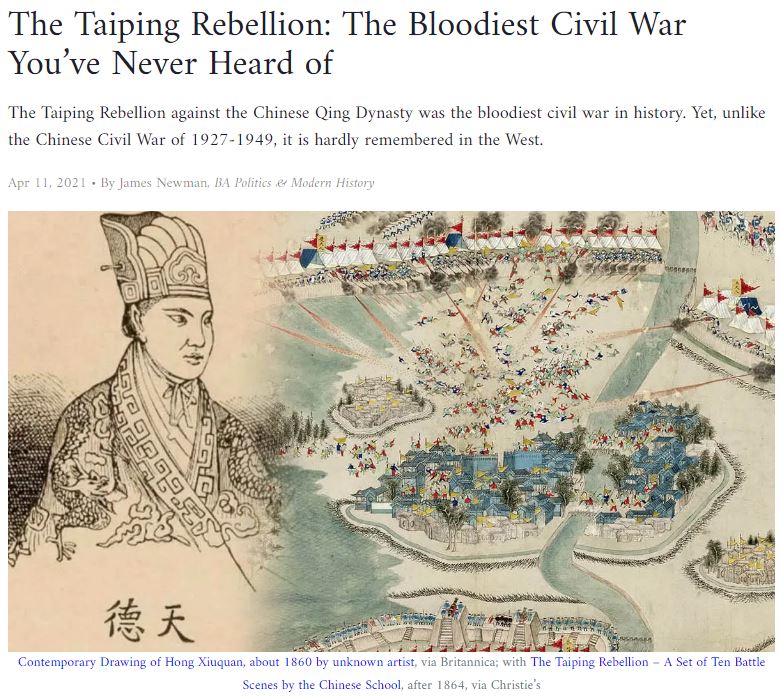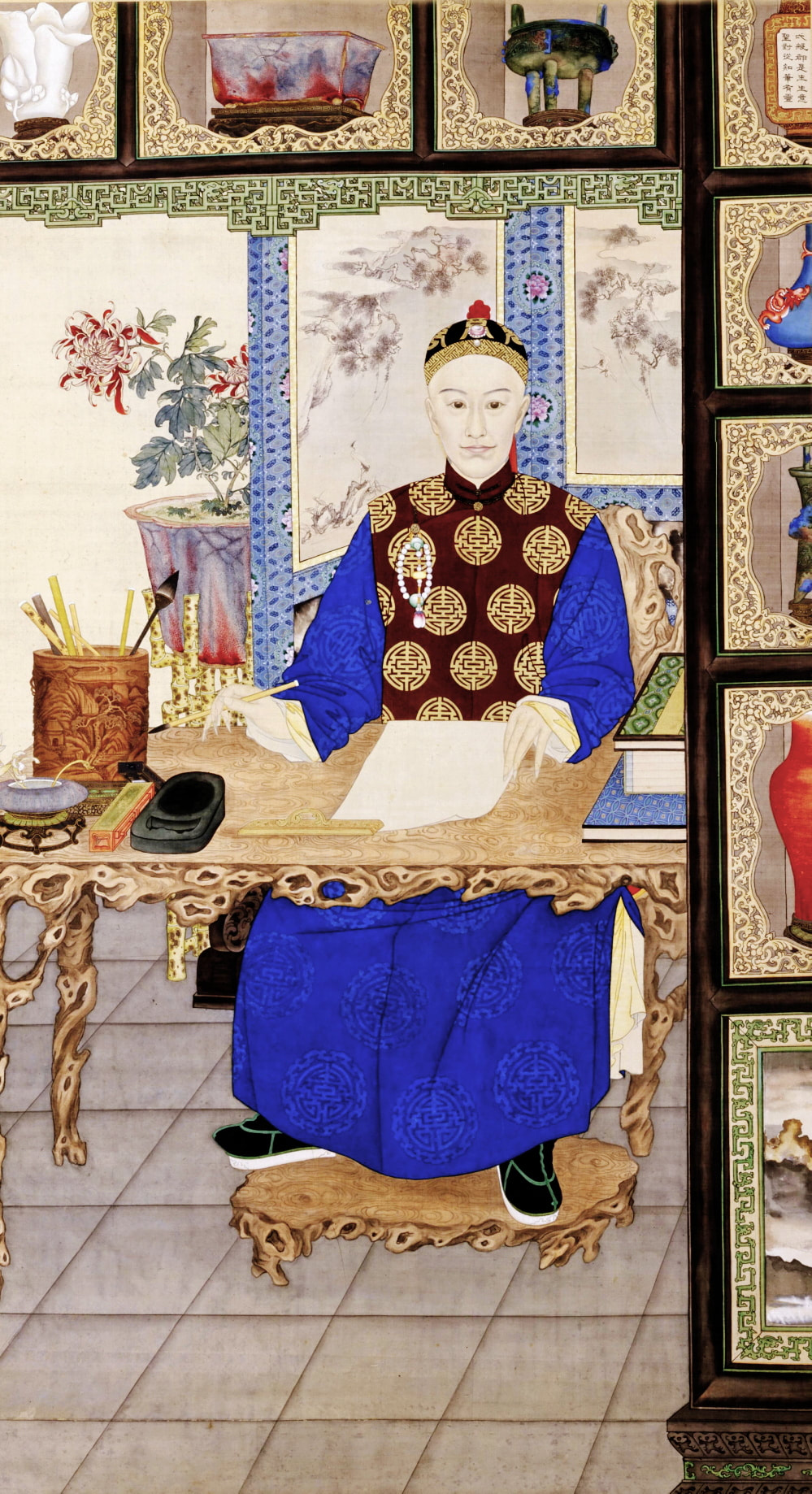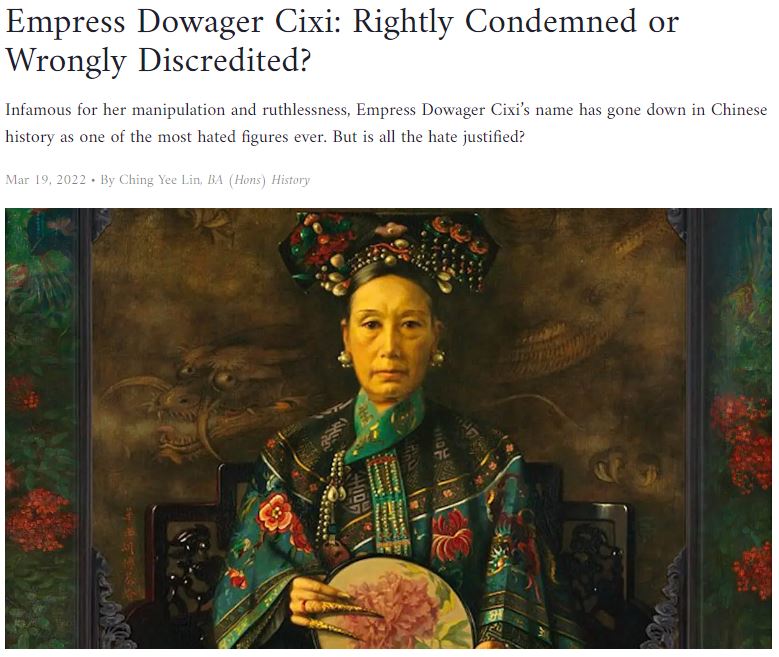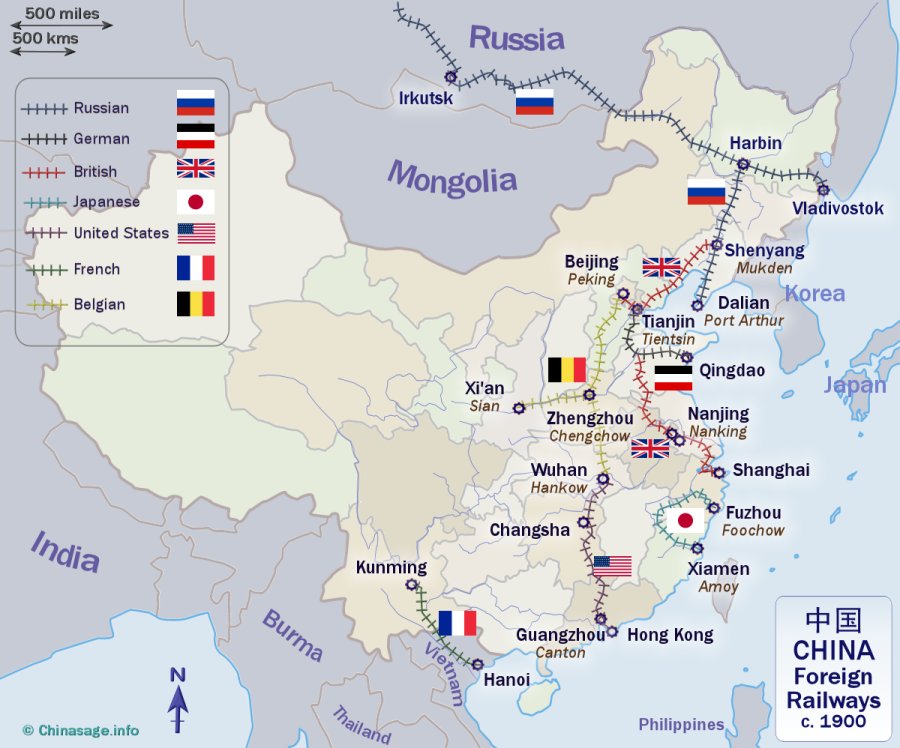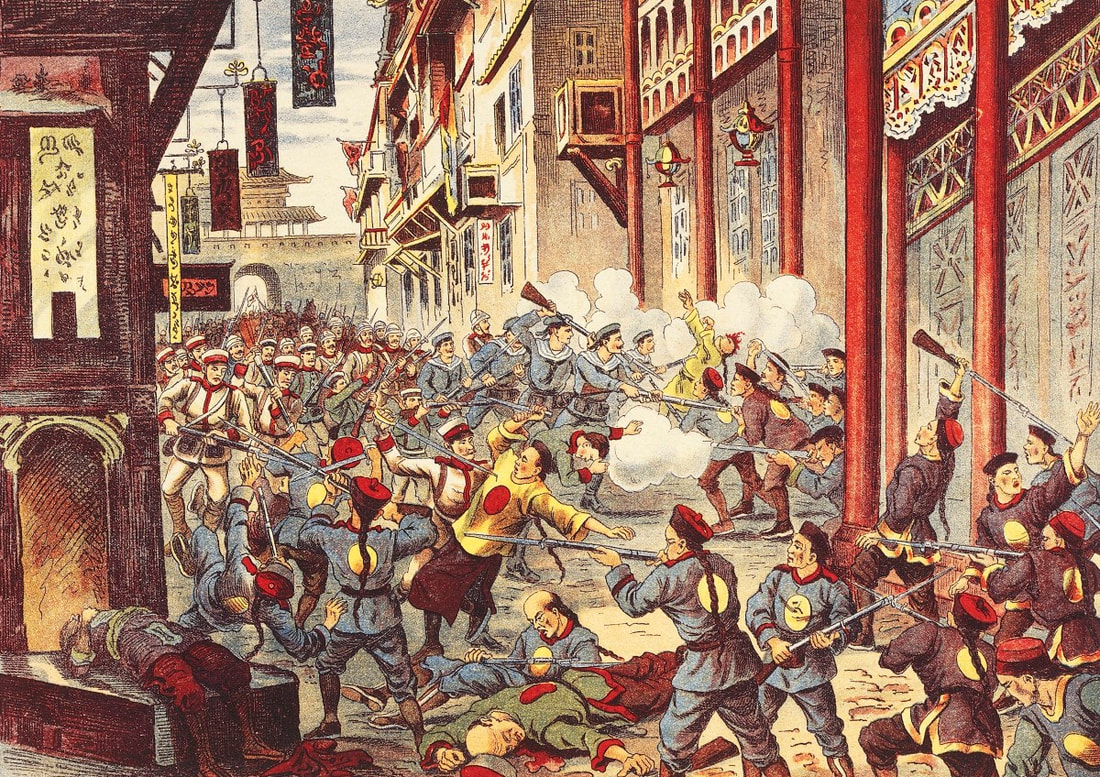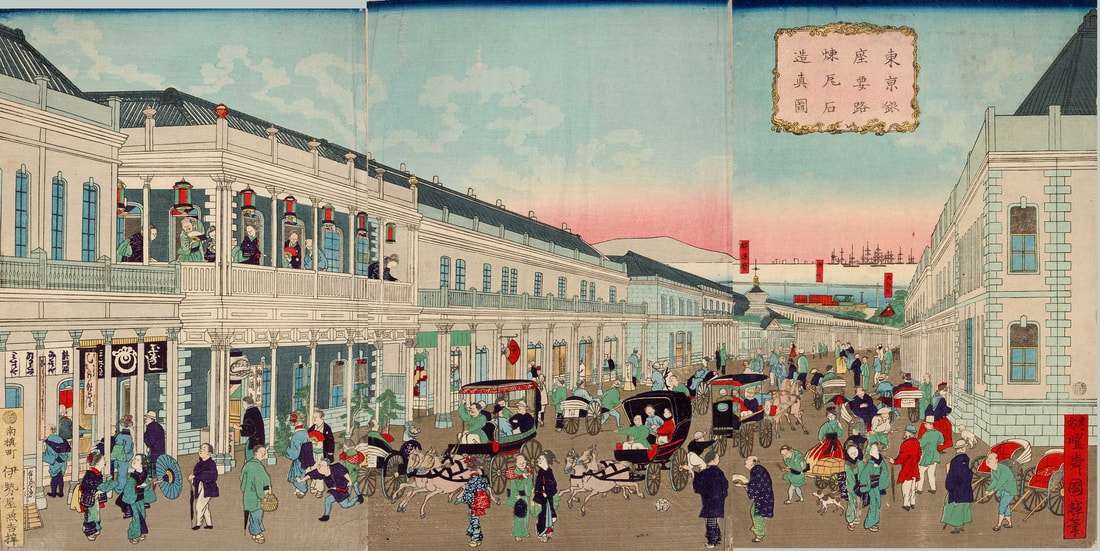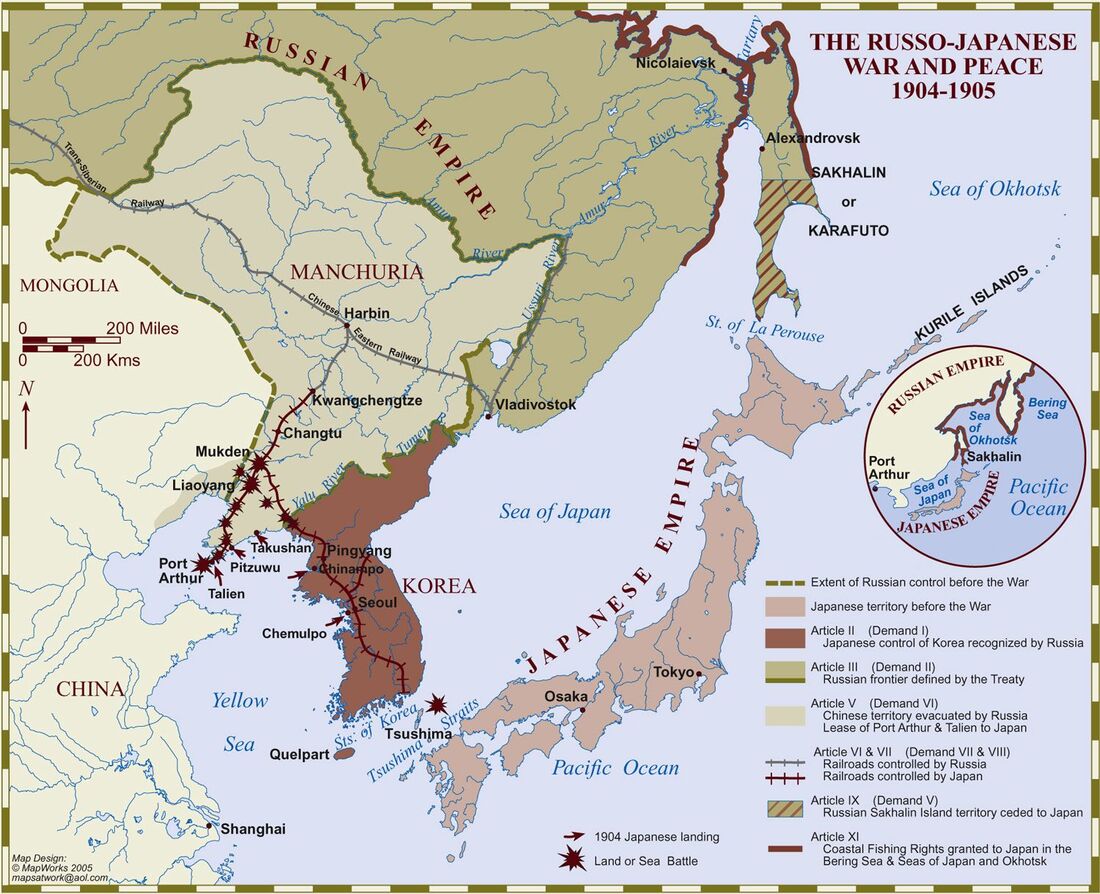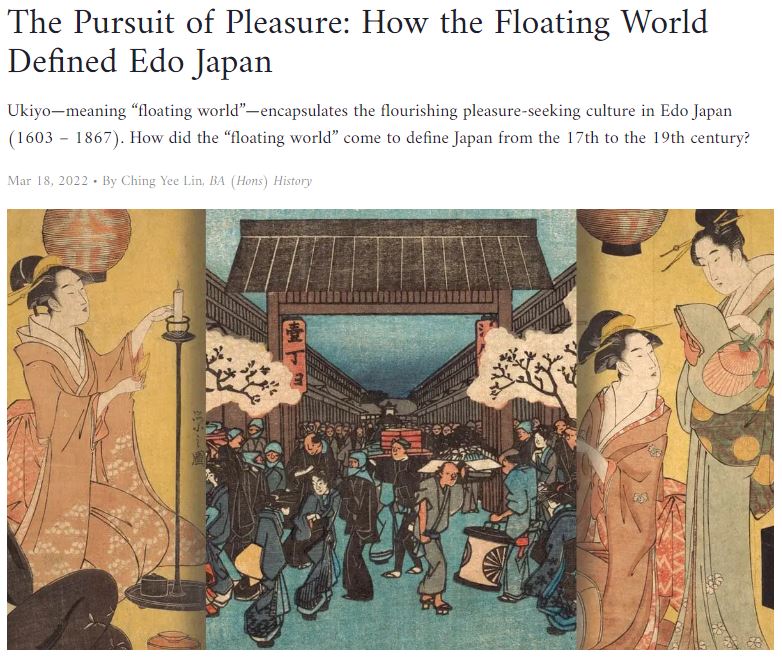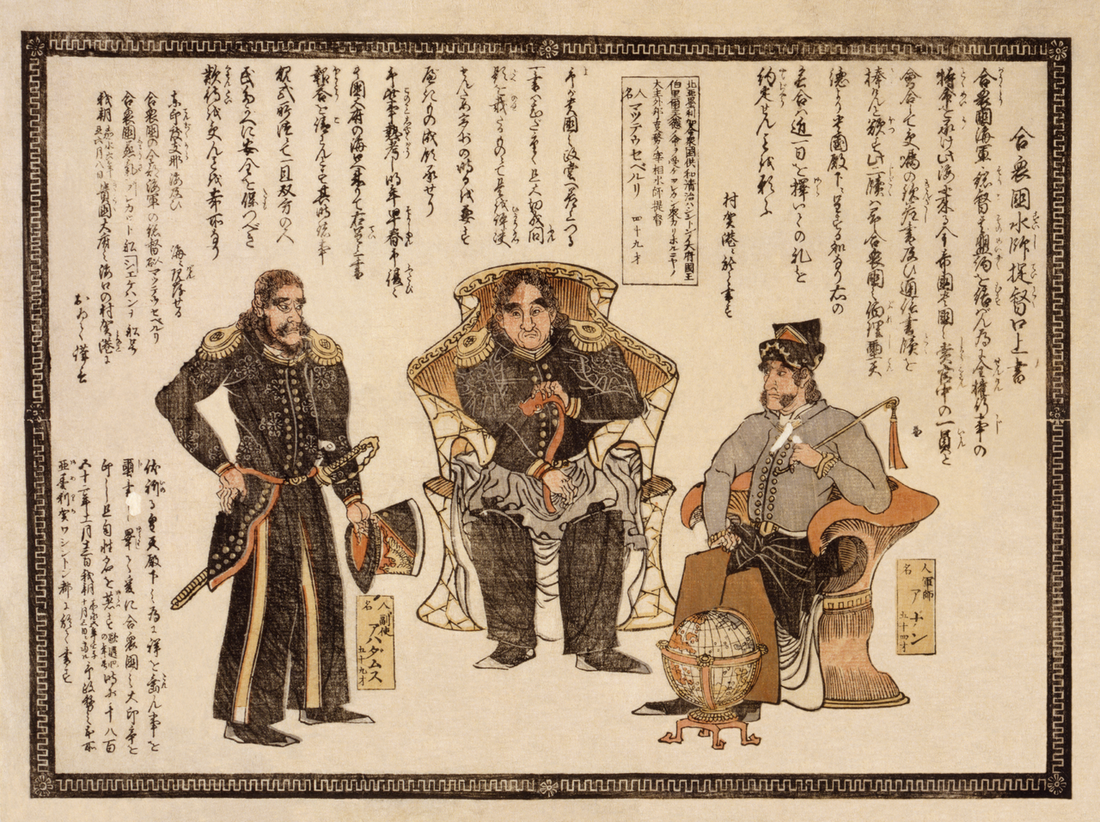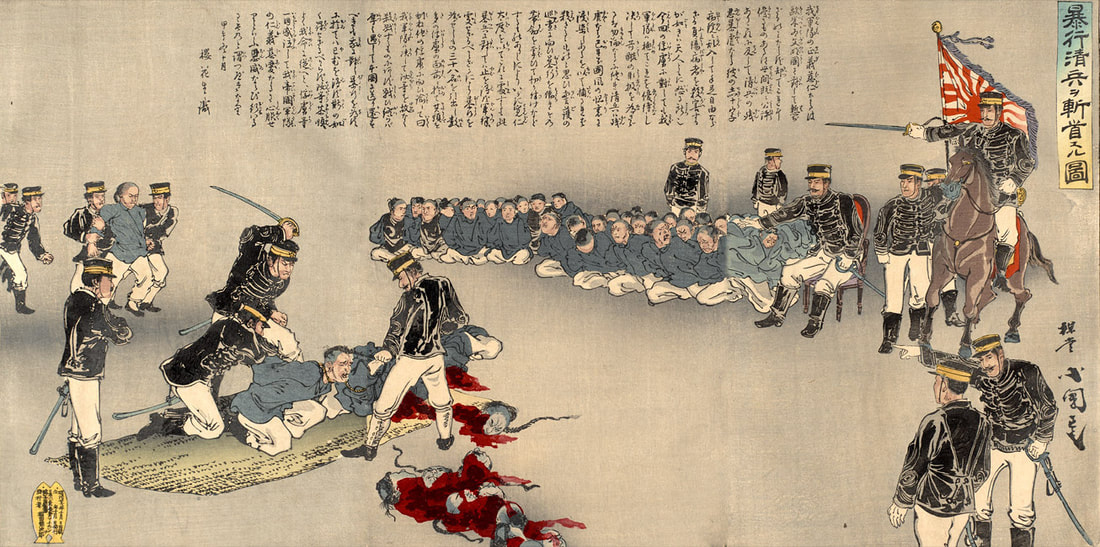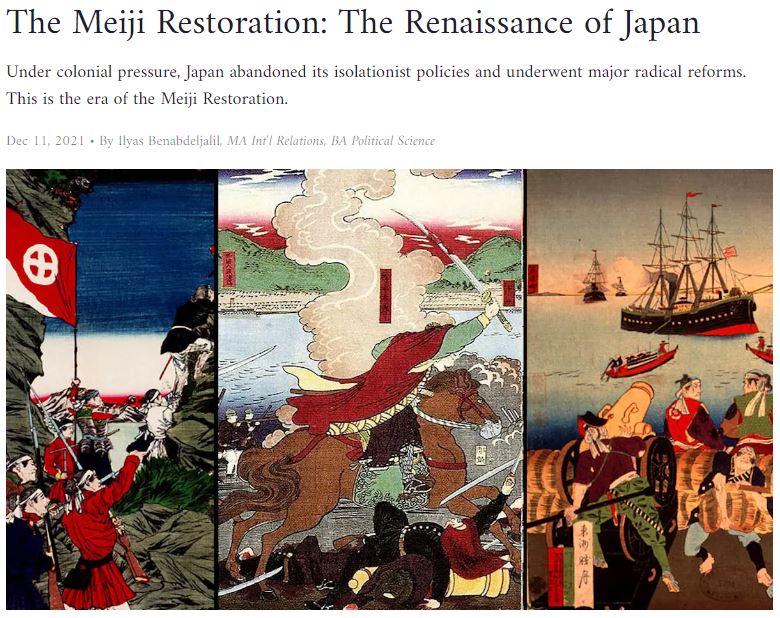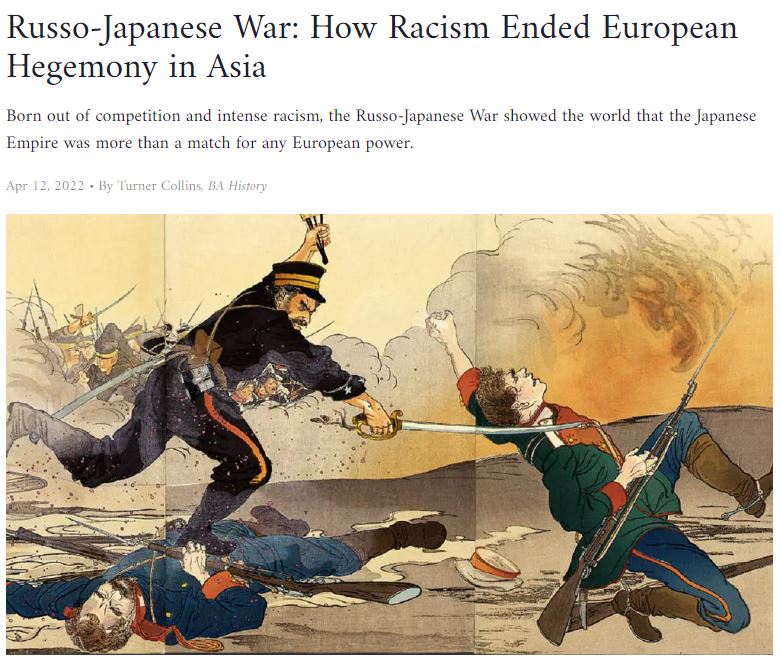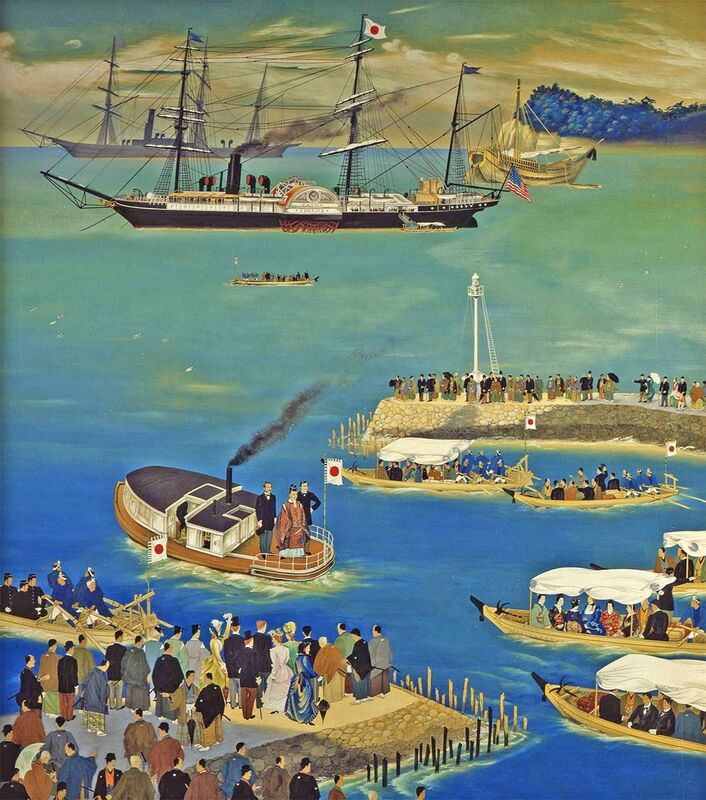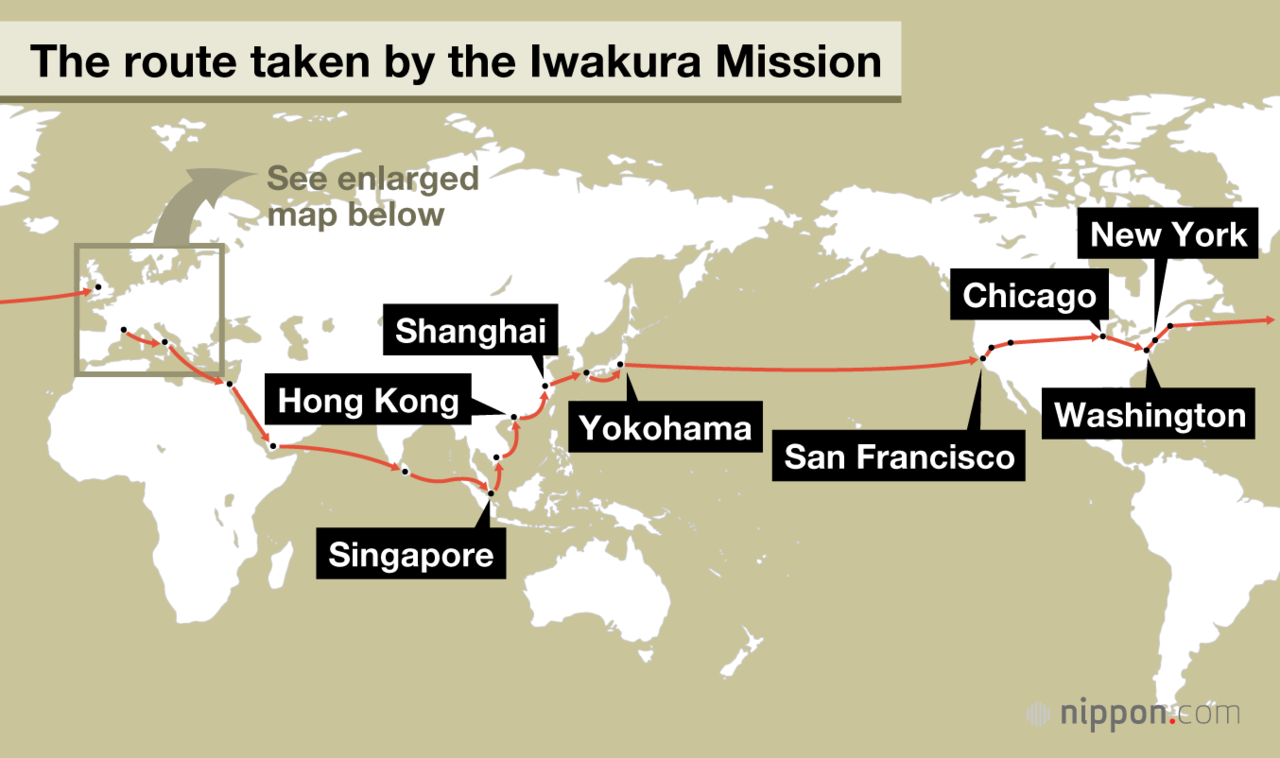Imperialism
c. 1750-1900
Contents
Imperialism, c. 1750-1900:
Objectives
- Explain how ideologies contributed to the development of imperialism from 1750 to 1900.
- Compare processes by which state power shifted in various parts of the world from 1750 to 1900.
- Explain how and why internal and external factors have influenced the process of state building from 1750 to 1900.
- Explain the causes and effects of economic strategies of different states and empires.
- Explain how various environmental and economic factors contributed to the development of the global economy from 1750 to 1900.
- Explain how various environmental and economic factors contributed to the development of varied patterns of migration from 1750 to 1900.
- Explain how and why new patterns of migration affected society from 1750 to 1900.
The Civilizing Mission
The British Empire was the global hegemonic power during Queen Victoria's reign (1837-1901).
|
|
A range of cultural, religious, and racial ideologies were used to justify imperialism, including Social Darwinism, nationalism, the concept of the civilizing mission, and the desire to religiously convert indigenous populations.
audio pronunciation guide:
|
John Bull (Great Britain) and Uncle Sam (U.S.) bear "The White Man's Burden (Apologies to Rudyard Kipling)", by lifting non-Western peoples upward towards civilization. (Victor Gillam, Judge magazine, 1 April 1899)
|
The Civilizing Mission (comprehensive)
The Civilizing Mission (abridged)
|
The New Imperialism
- Some states with existing colonies strengthened their control over those colonies and in some cases assumed direct control over colonies previously held by non-state entities.
- European states as well as the United States and Japan acquired territories throughout Asia and the Pacific, while Spanish and Portuguese influence declined.
- Many European states used both warfare and diplomacy to expand their empires in Africa.
- Trade in some commodities was organized in a way that gave merchants and companies based in Europe and the U.S. a distinct economic advantage.
- The need for raw materials for factories and increased food supplies for the growing population in urban centers led to the growth of export economies around the world that specialized in commercial extraction of natural resources and the production of food and industrial crops. The profits from these raw materials were used to purchase finished goods.
- Increasing questions about political authority and growing nationalism contributed to anti-colonial movements.
- Anti-imperial resistance took various forms, including direct resistance within empires and the creation of new states on the peripheries.
- Increasing discontent with imperial rule led to rebellions, some of which were influenced by religious ideas.
New Imperialism in Africa
|
When famed Scottish missionary David Livingstone disappeared, Henry Morton Stanley tracked him into the African interior. He later sought the source of the Nile and established Congo Free State for Leopold II of Belgium.
|
audio pronunciation guide:
Severed heads from victims of the Herero and Nama genocide were sent to Germany for race scientists to study.
|
|
New Imperialism in Africa (comprehensive)
New Imperialism in Africa (abridged)
|
New Imperialism in Asia
|
Millions starved during a series of late 19th century famines in British-controlled India when peasants were forced to grow cash crops instead of food.
The British Lion warns the Russian Bear from attacking Afghanistan. The British and Russians competed for influence in Central Asia.
King Mongkut of Siam diplomatically preserved Thailand's independence from both Britain and France.
|
audio pronunciation guide:
Article: Indian Princely States
|
|
New Imperialism in Asia (comprehensive)
New Imperialism in Asia (abridged)
|
The Americas
Canadian and American Expansion
|
Columbia, representing the United States, leads Americans west carrying the values of republicanism and progress and clearing native peoples.
At 228 ft. tall, Stoney Creek Bridge on the the Canadian Pacific Railway, built in 1885, was the tallest wooden bridge in the world.
|
audio pronunciation guide:
U.S. President Theodore Roosevelt (in cartoon above and seated in the steam shovel below) was the driving force behind construction of the Panama Canal.
|
|
Canadian and American Expansion (comprehensive)
Canadian and American Expansion (abridged)
|
Latin American States
Rio de Janeiro, Brazil, c. 1900
Buenos Aires, Argentina, 1910
|
Latin American States (comprehensive)
Latin American States (abridged)
|
Migration
European immigrants to the United States at Ellis Island, c. 1900
|
Australian mounted police fighting Aborigines, 1838
Chinatown neighborhood of San Francisco, California, c. 1907-1914
1886 advertisement depicting the U.S. Chinese Exclusion Act. The text reads "THE CHINESE MUST GO. We have no use for them since we got this WONDERFUL WASHER." Many Chinese immigrants ran laundries.
Indian coolies in the Caribbean, c. 1890
Māori King Tāwhiao, c. 1894
|
audio pronunciation guide:
|
|
Migration (comprehensive)
Migration (abridged)
|
Modernization
- As new methods of industrial production became more common in parts of northwestern Europe, they spread to other parts of Europe and the United States, Russia, and Japan.
- The expansion of U.S. and European influence in Asia led to internal reform in Japan that supported industrialization and led to the growing regional power of Japan in the Meiji Era.
- In response to the expansion of industrializing states, some governments in Asia and Africa, including the Ottoman Empire and Qing China, sought to reform and modernize their economies and militaries. Reform efforts were often resisted by some members of government or established elite groups.
Modernization in the Late Ottoman Empire
Lithograph celebrating the 1876 Constitution: Sultan Abdul Hamid II grants freedom to an idealized female figure representing Turkey, whose chains are being smashed. The flying angel displays a banner with the motto of the French Revolution: Liberty, Equality, Fraternity.
|
Modernization in the Late Ottoman Empire (comprehensive)
Modernization in the Late Ottoman Empire (abridged)
|
Modernization in Late Romanov Russia
In 1909-1912, Sergei Mikhailovich Prokudin-Gorskii took color photographs of the Russian Empire on the eve of World War I. His subjects ranged from the medieval churches and monasteries of old Russia, to the railroads and factories of an emerging industrial power, to the daily life and work of Russia's diverse population.
|
Russian aristocracy and notables dressed in 17th-century style costumes for a 1903 grand ball dedicated to the 290th anniversary of the Romanov dynasty; colorization by Russian artist Olga Shirnina
|
audio pronunciation guide:
|
|
Modernization in Late Romanov Russia (comprehensive)
Modernization in Late Romanov Russia (abridged)
|
Modernization in Late Qing China
|
French political cartoon, China – the cake of Kings and Emperors, showing Britain, Germany, Russia, France and Japan dividing China
Empress Dowager Cixi
|
audio pronunciation guide:
|
illustration of the Boxer Rebellion
|
Modernization in Late Qing China (comprehensive)
Modernization in Late Qing China (abridged)
|
Modernization in Meiji Japan
street scene in Meiji era Japan
|
Modernization in Meiji Japan (comprehensive)
Modernization in Meiji Japan (abridged)
|
